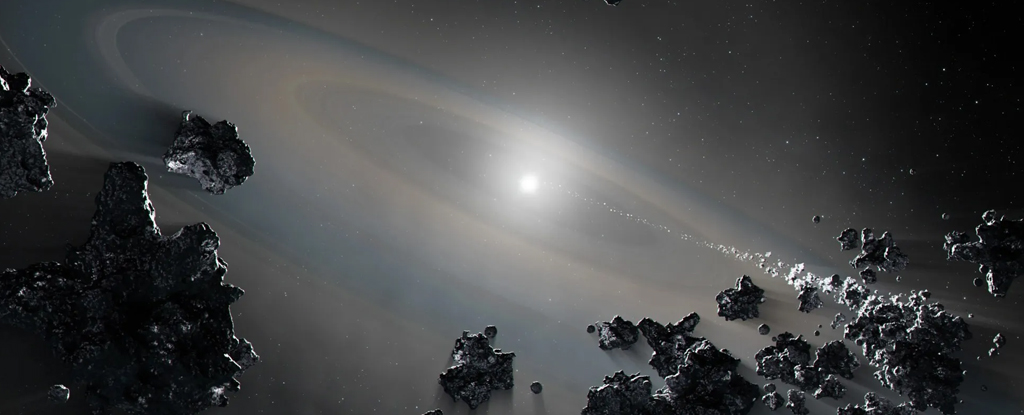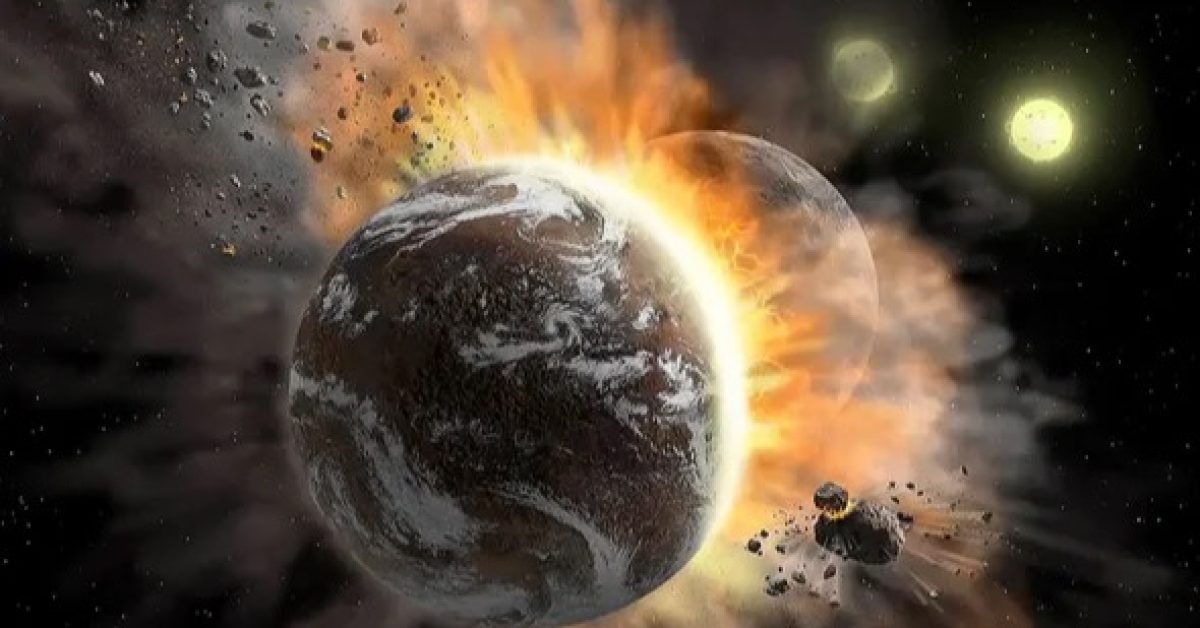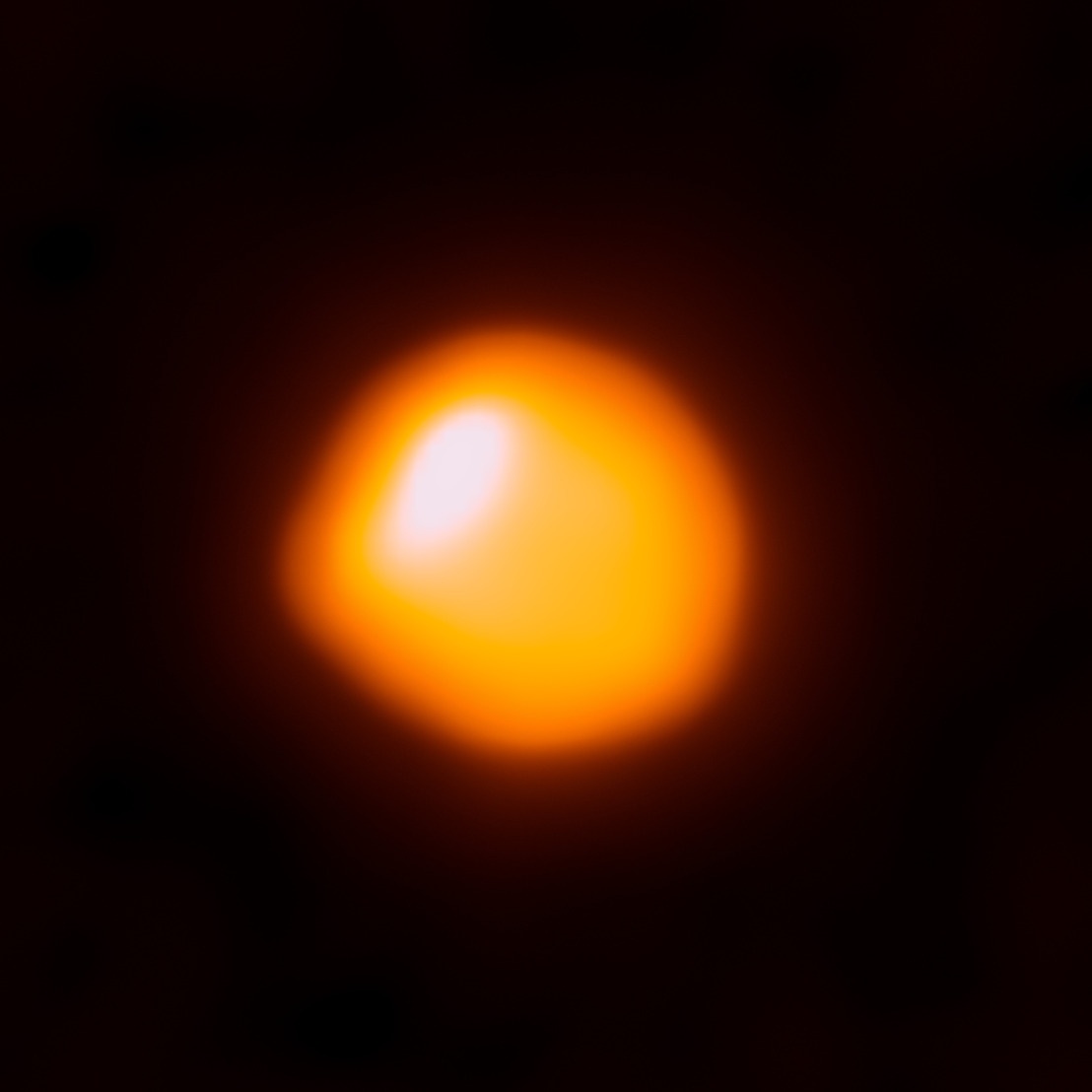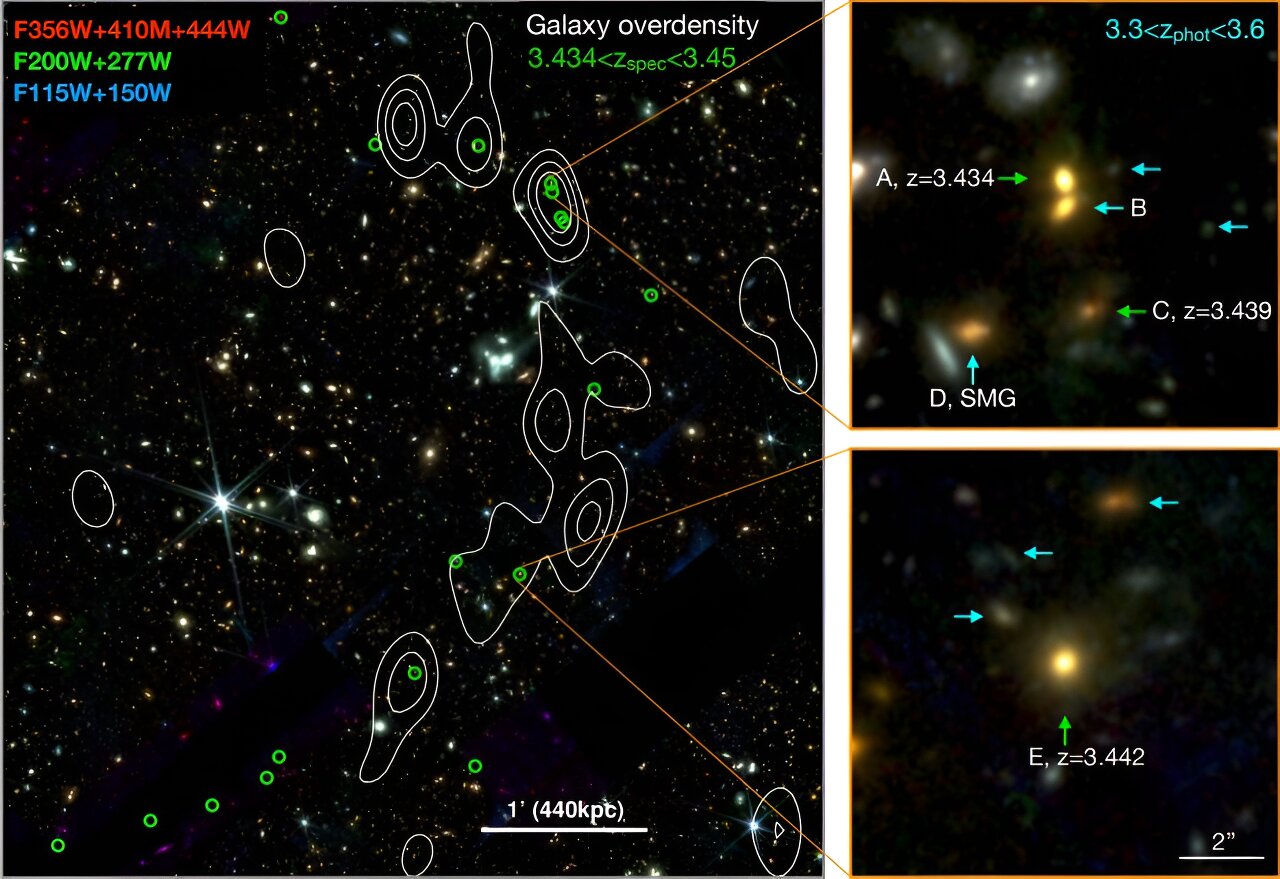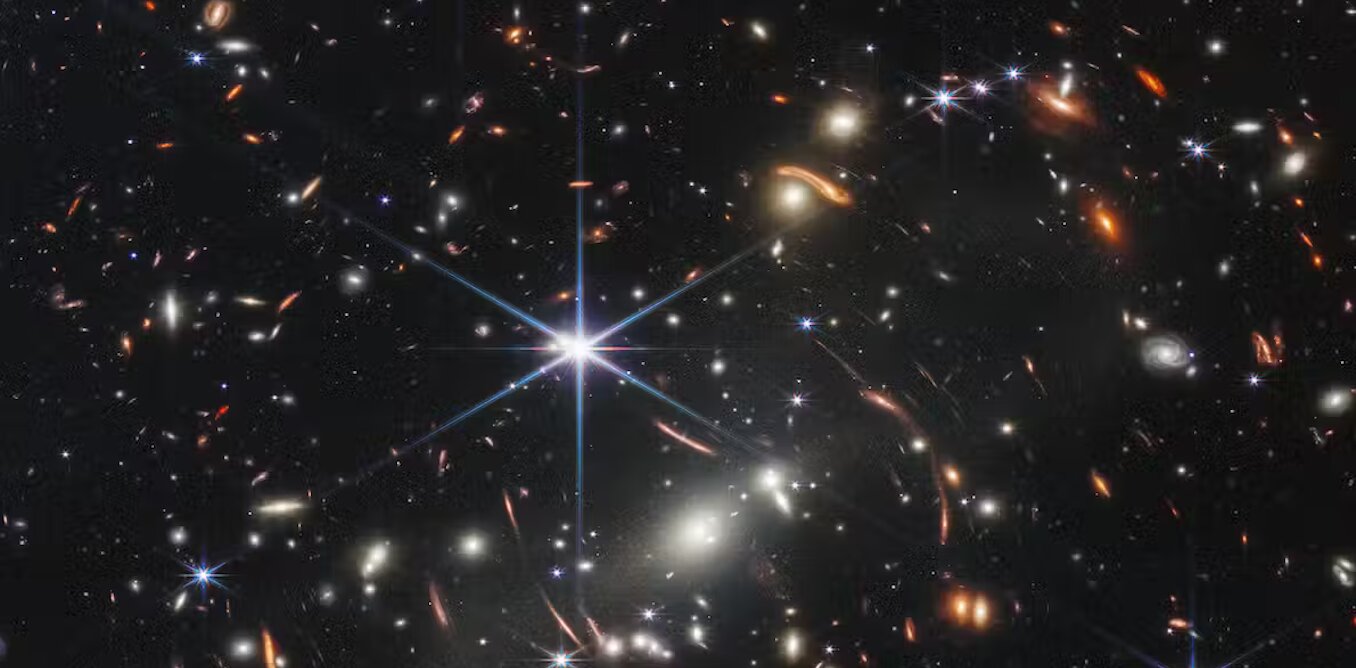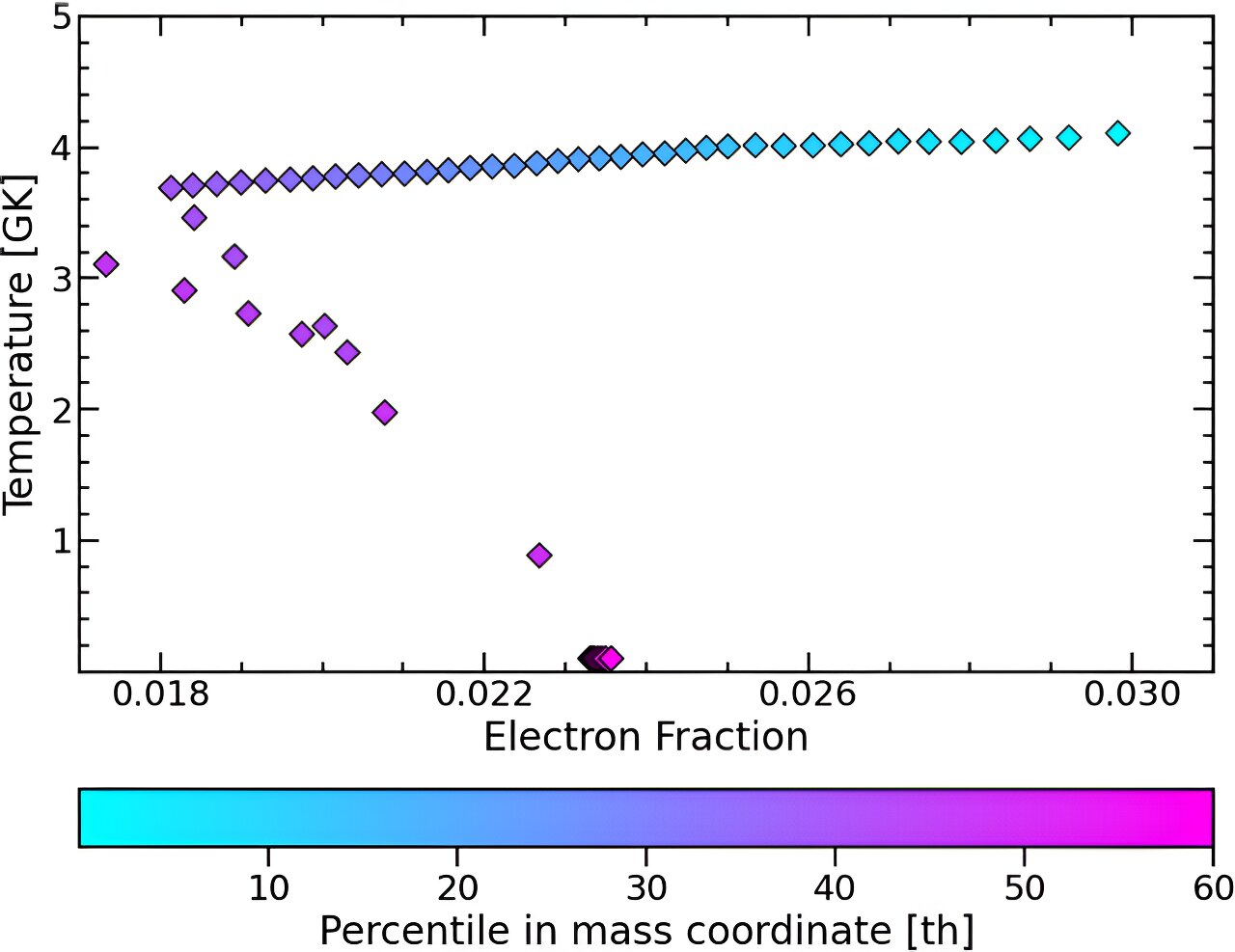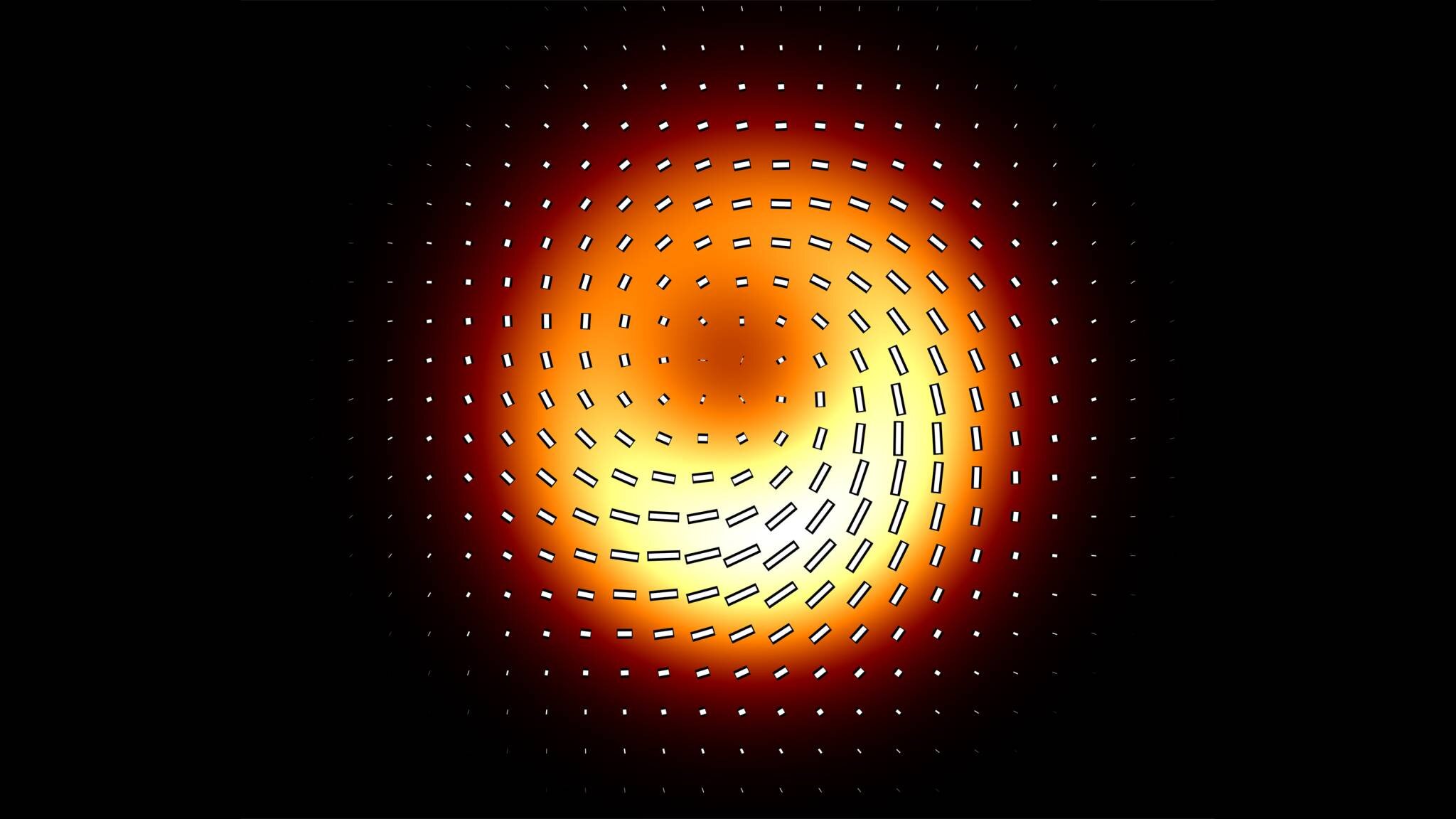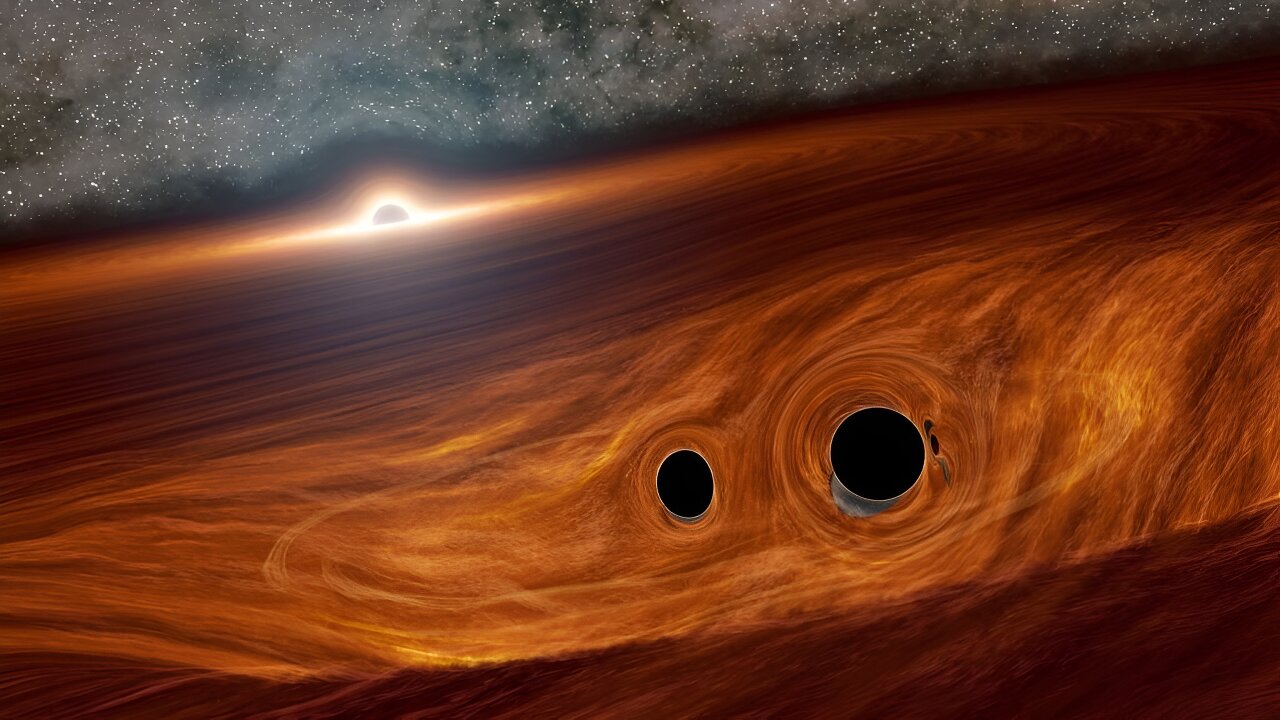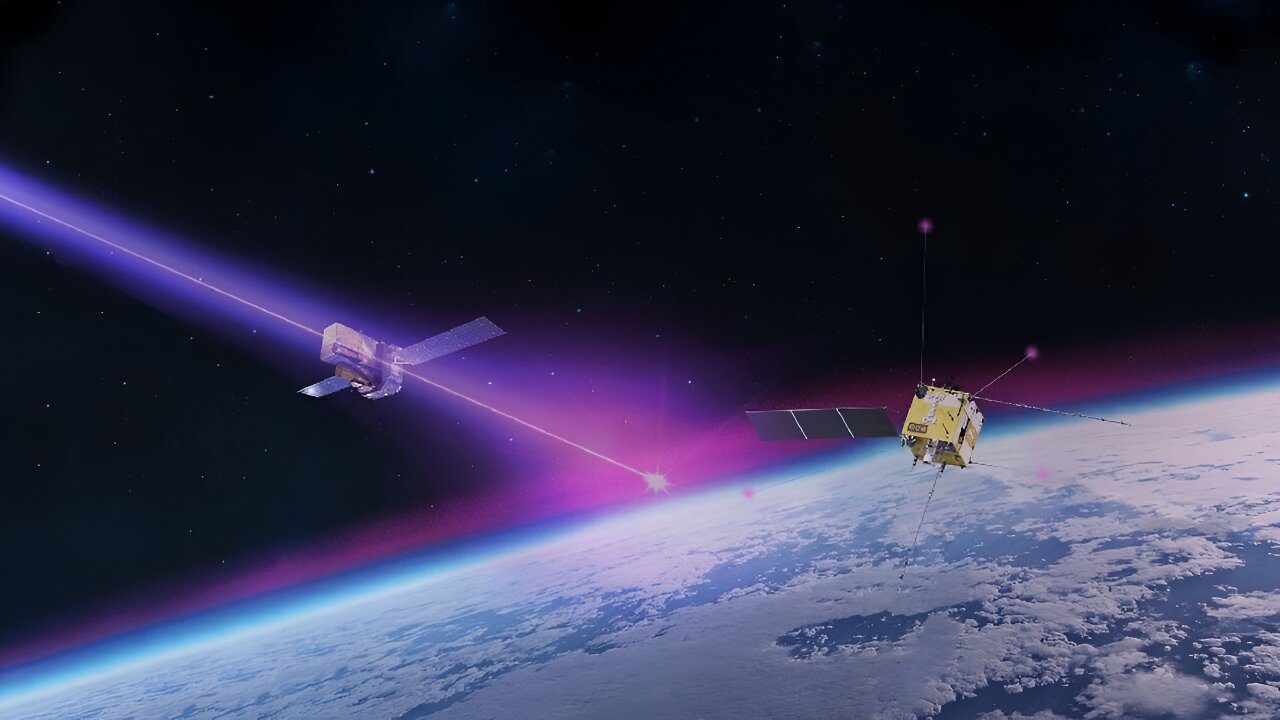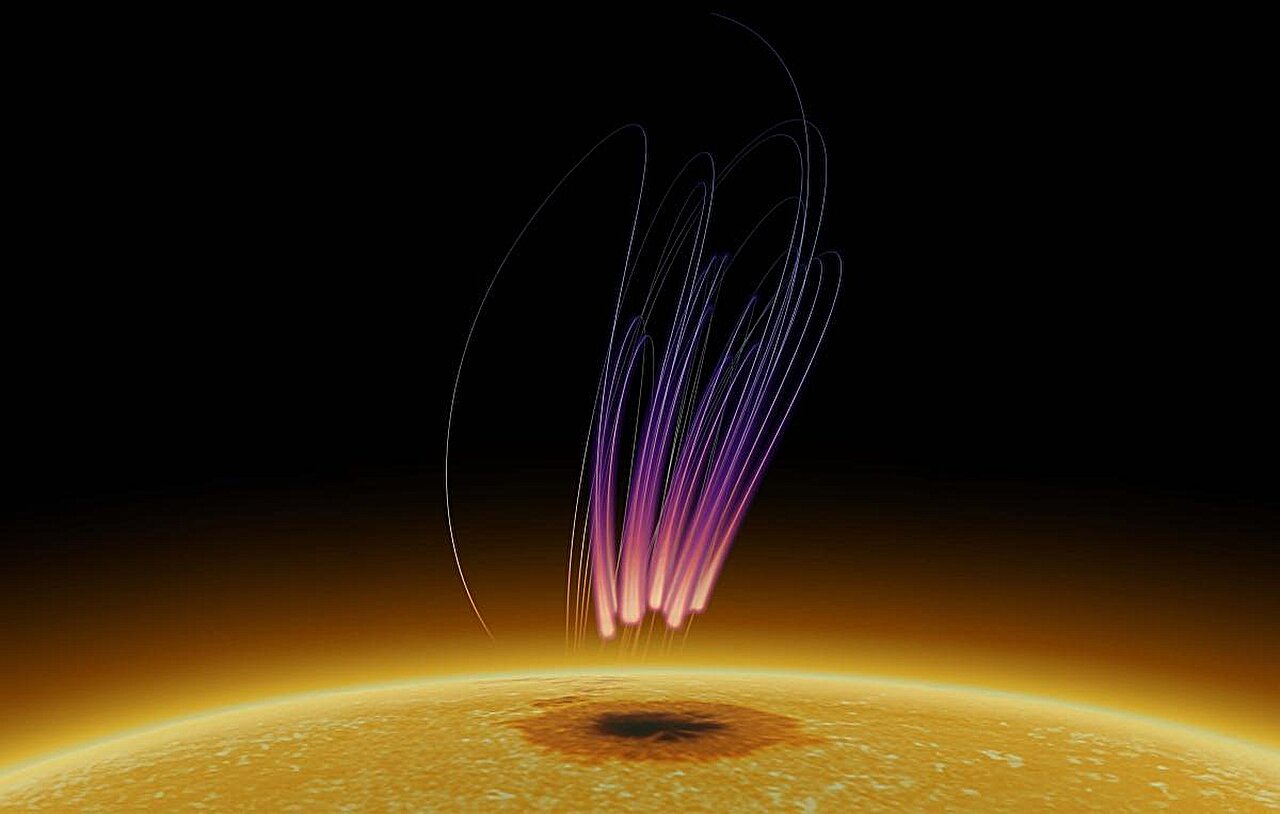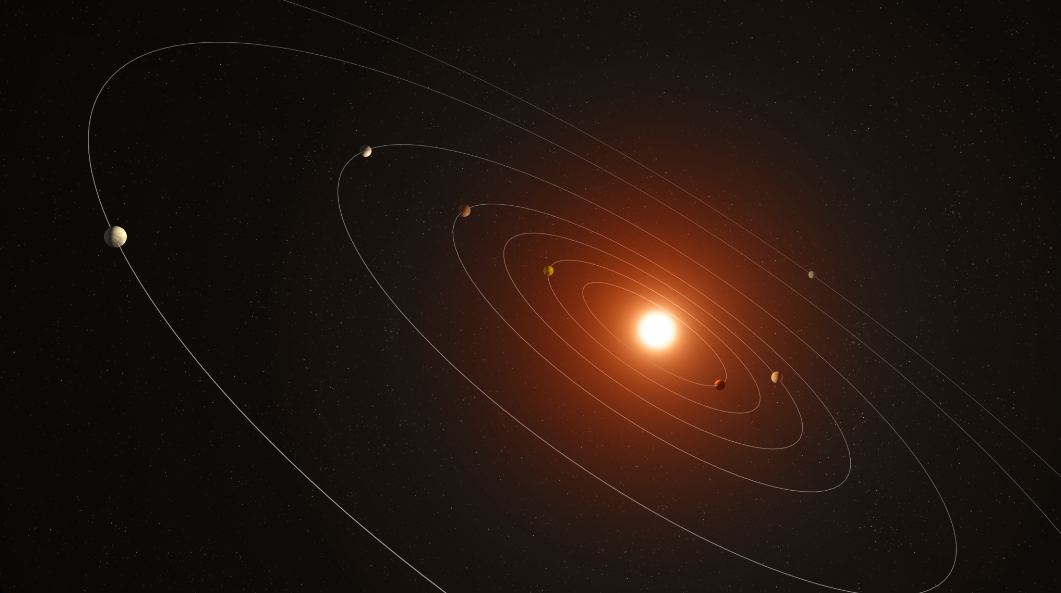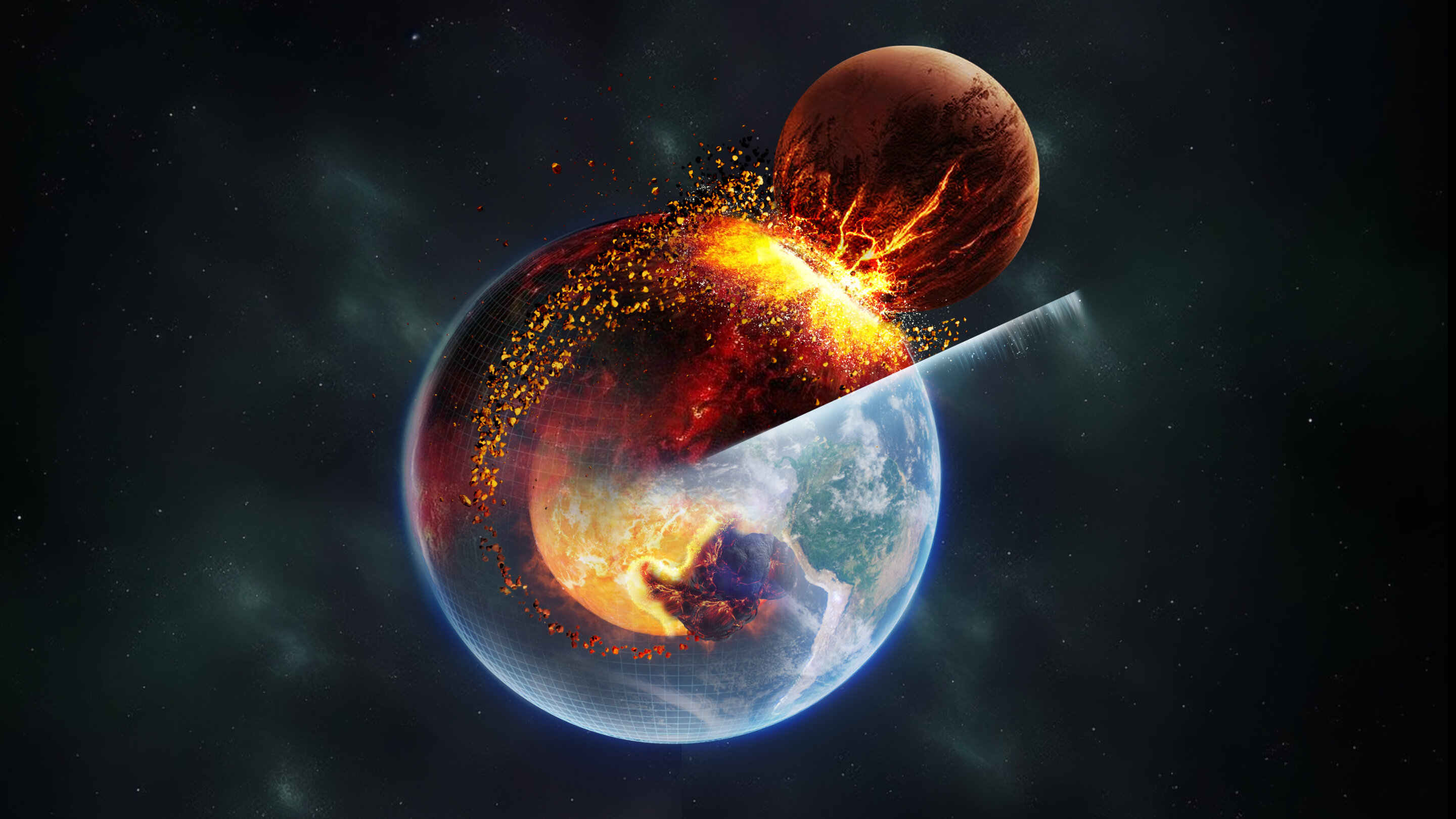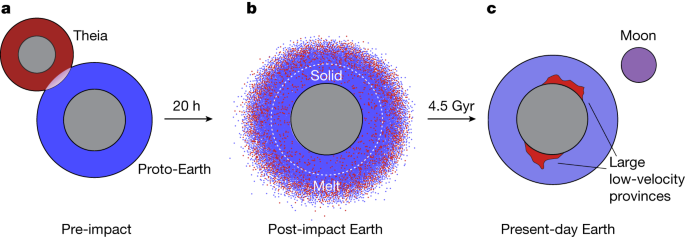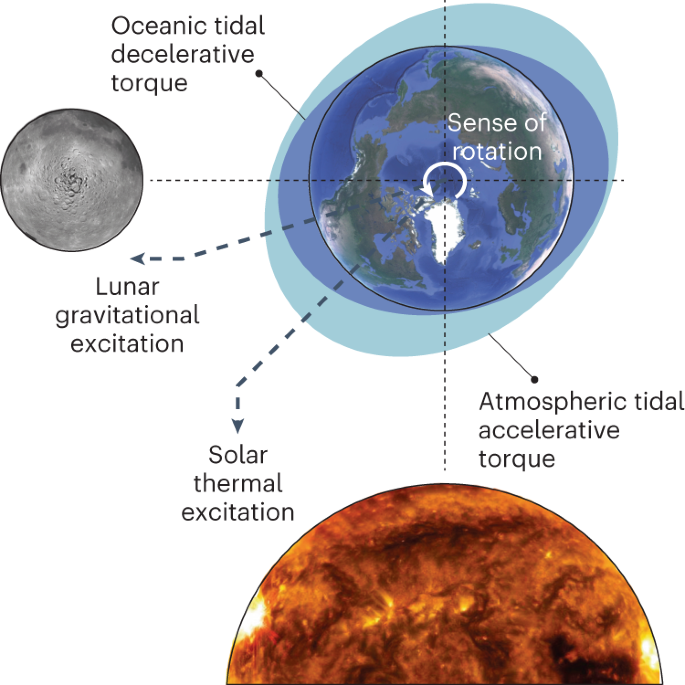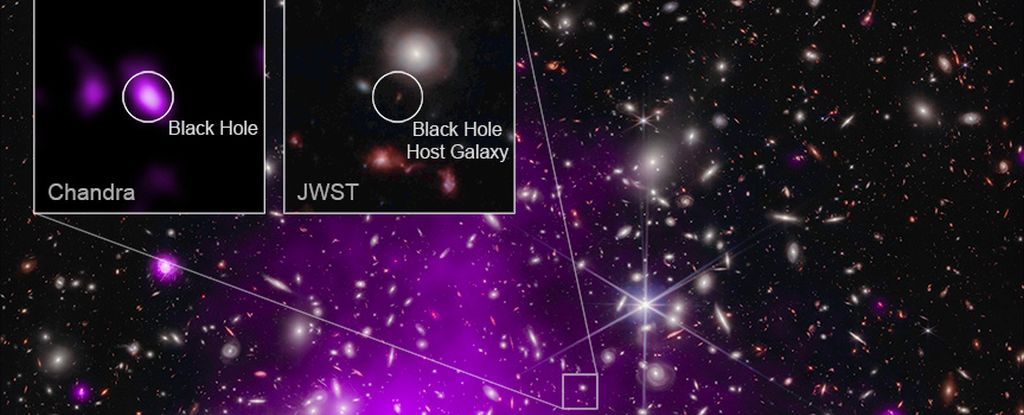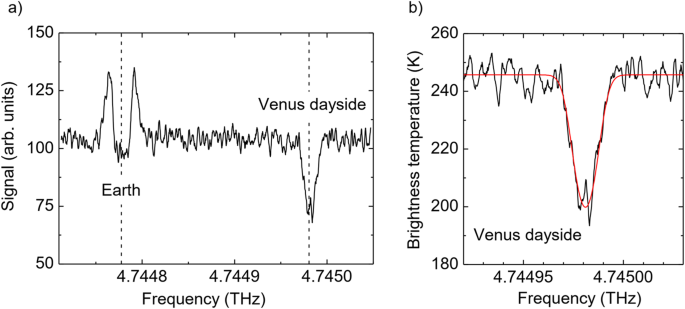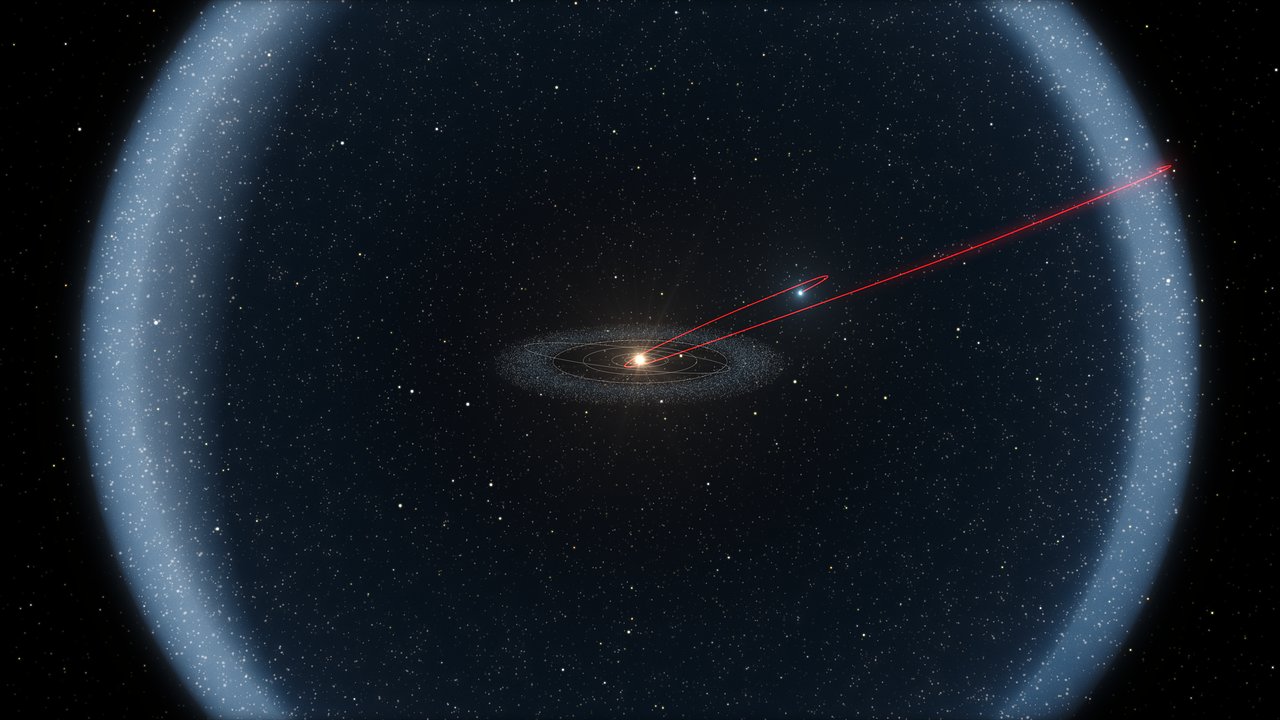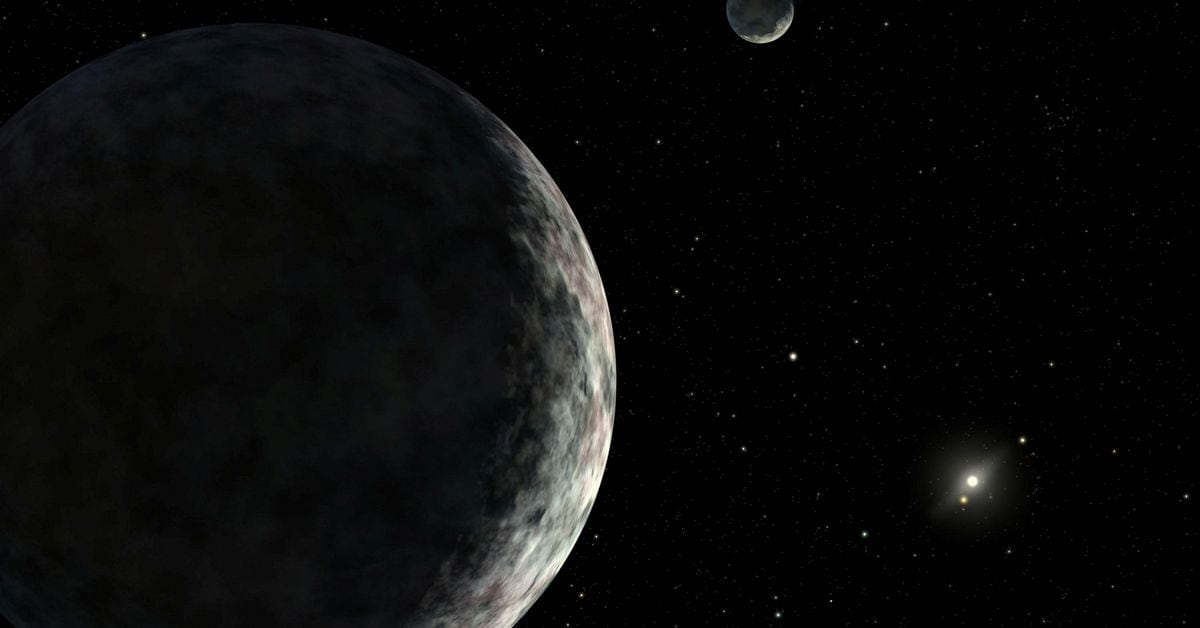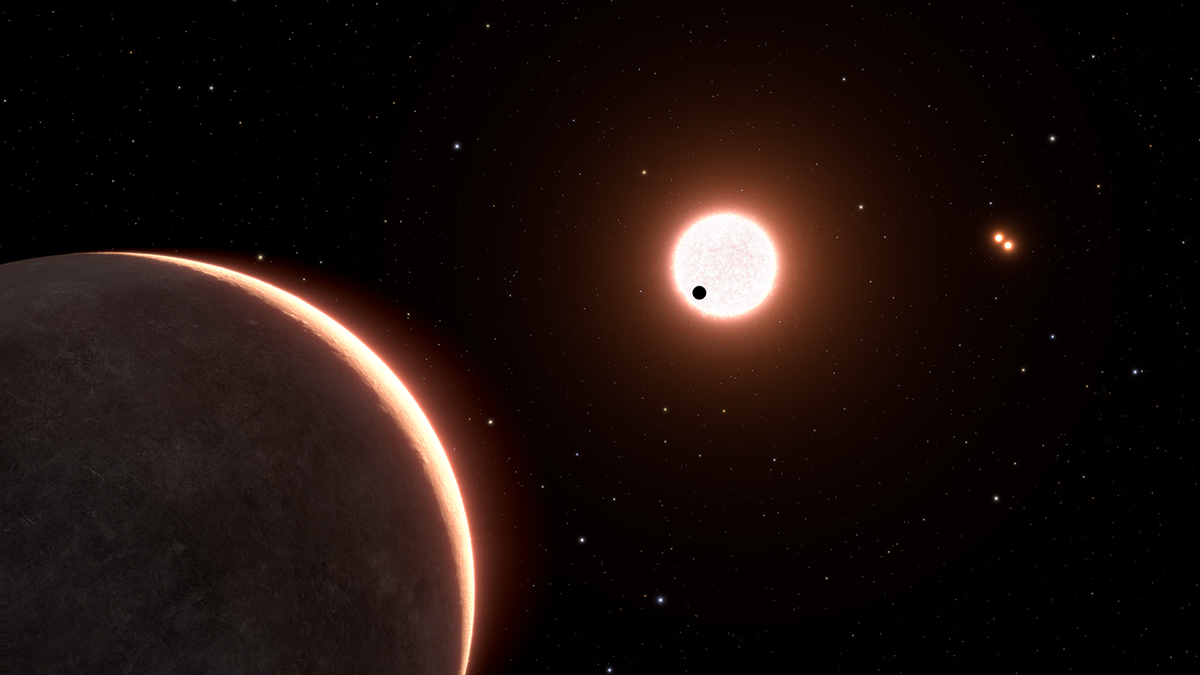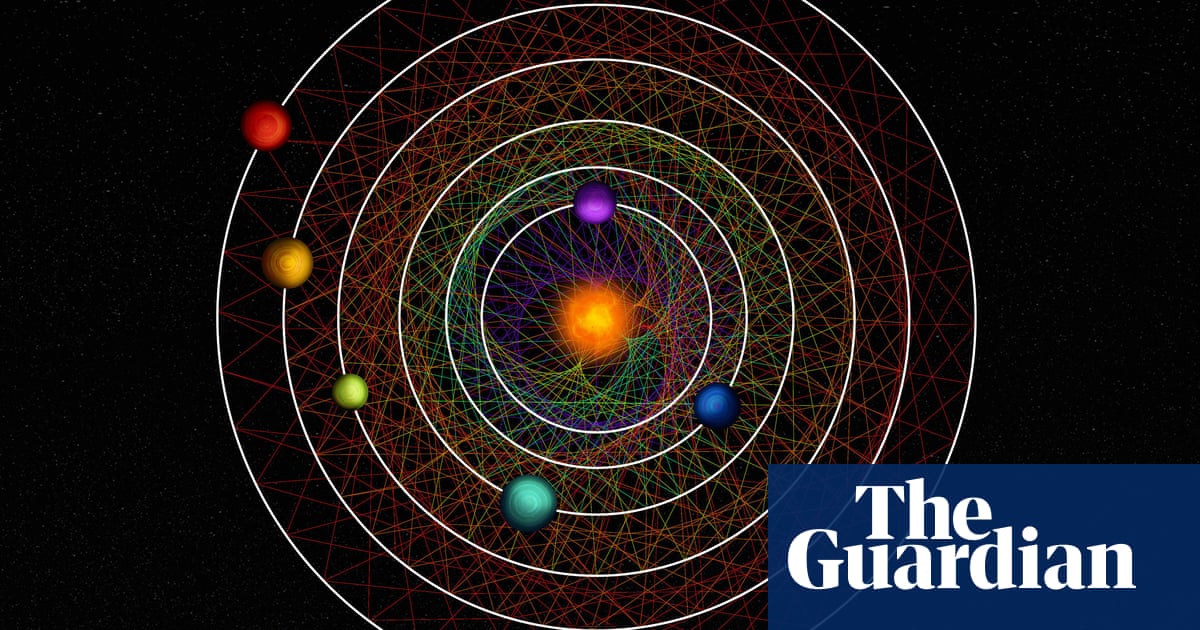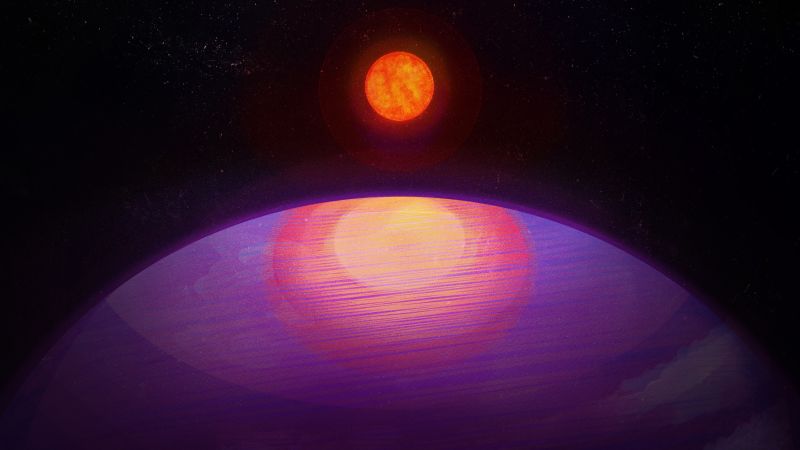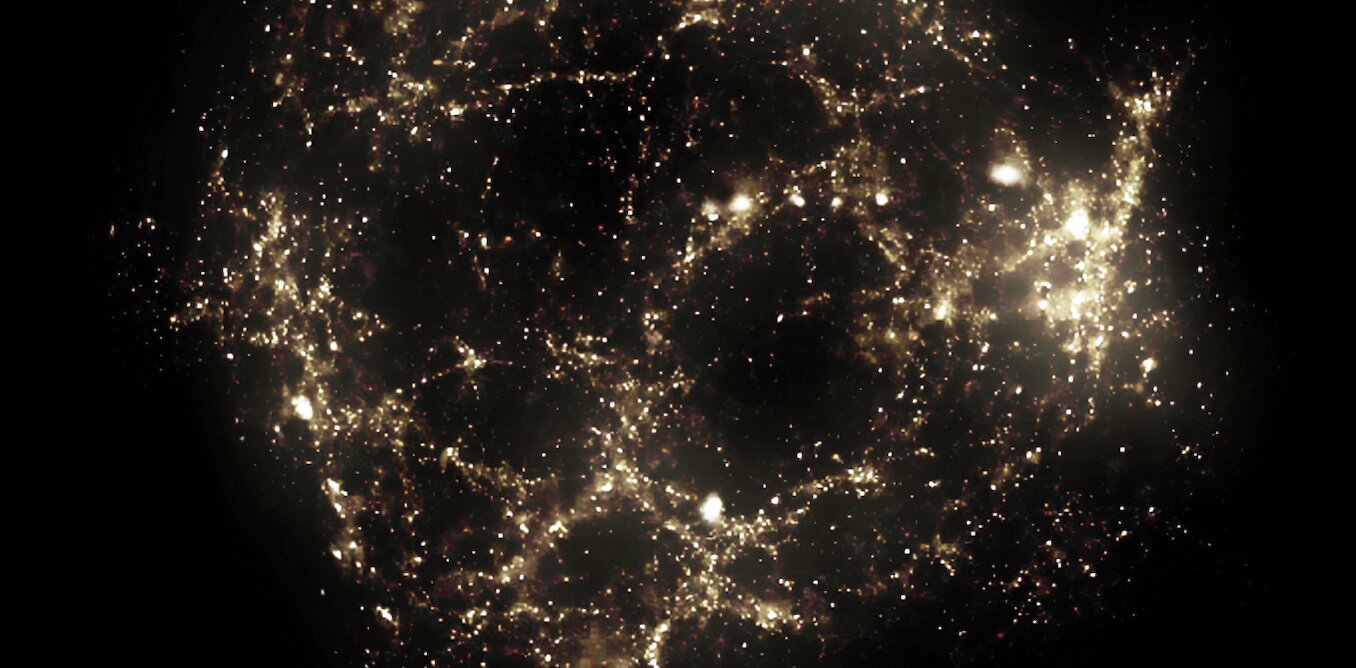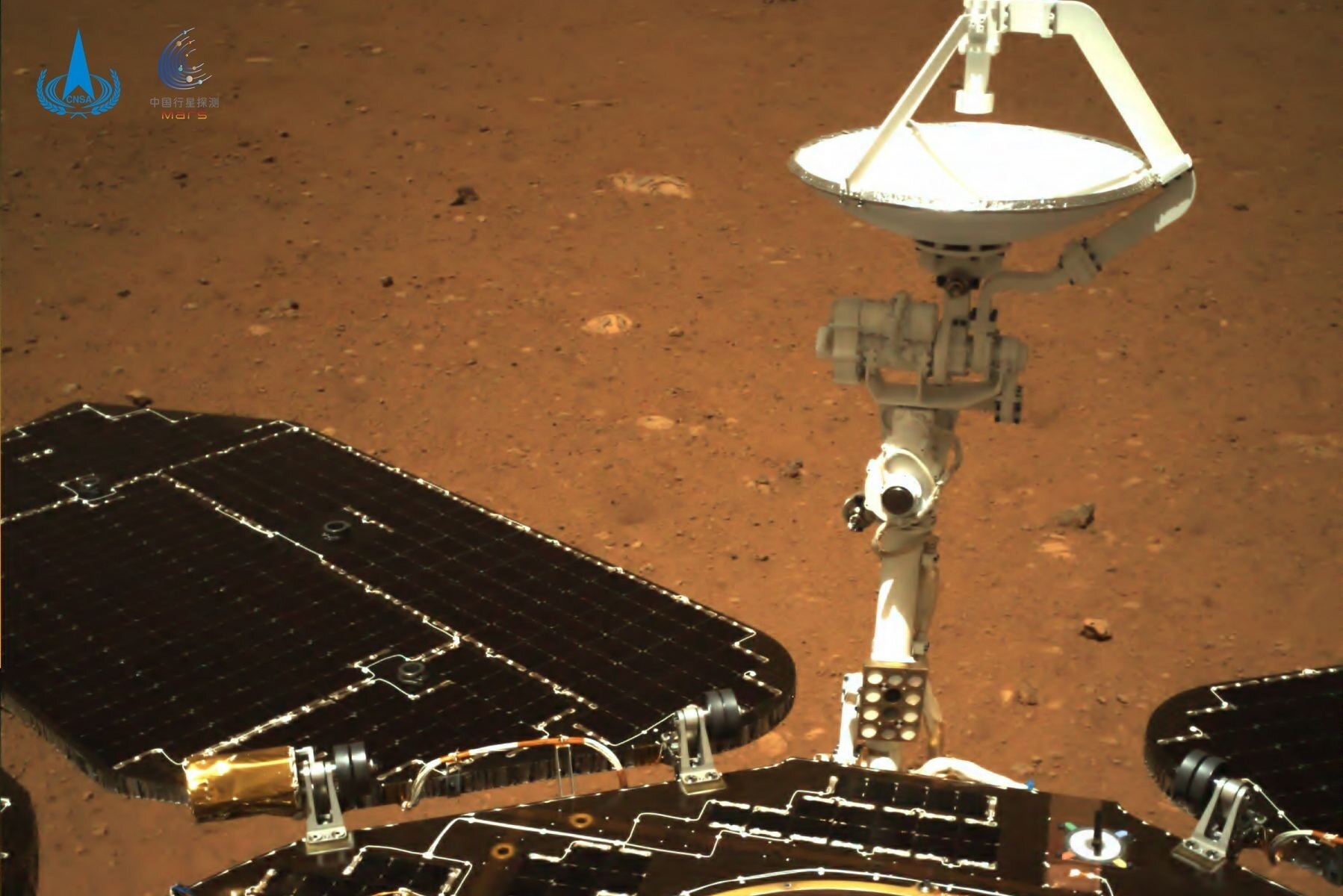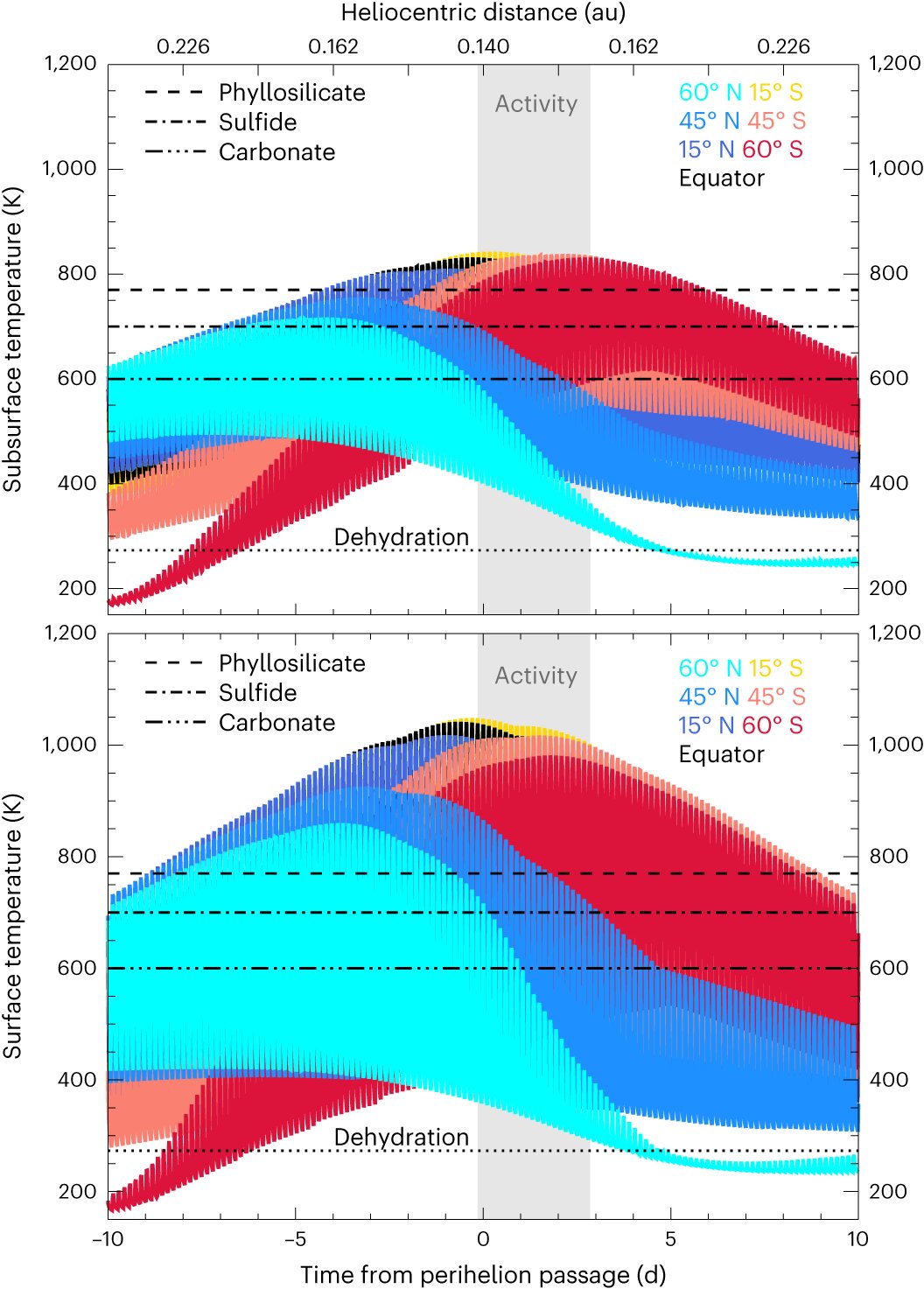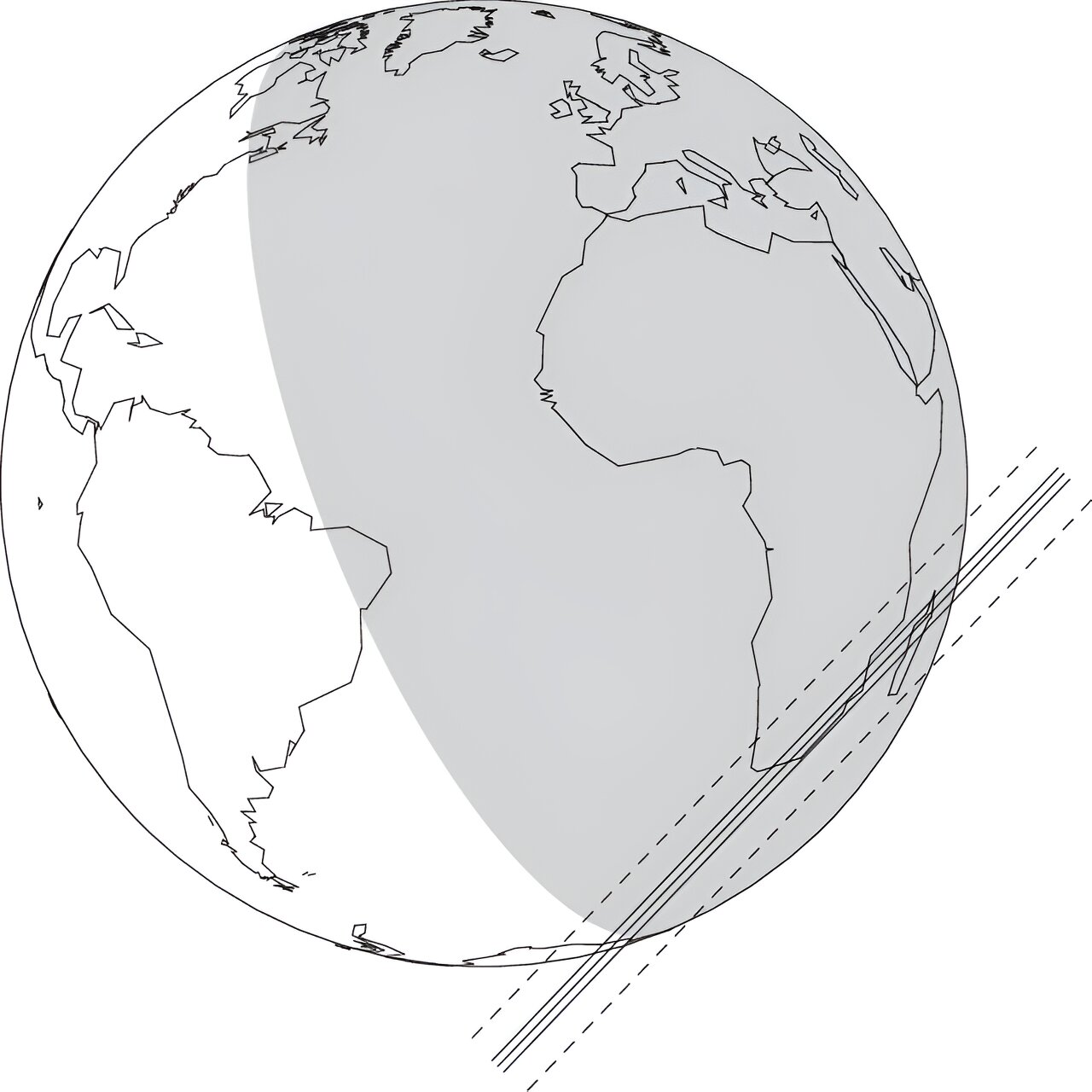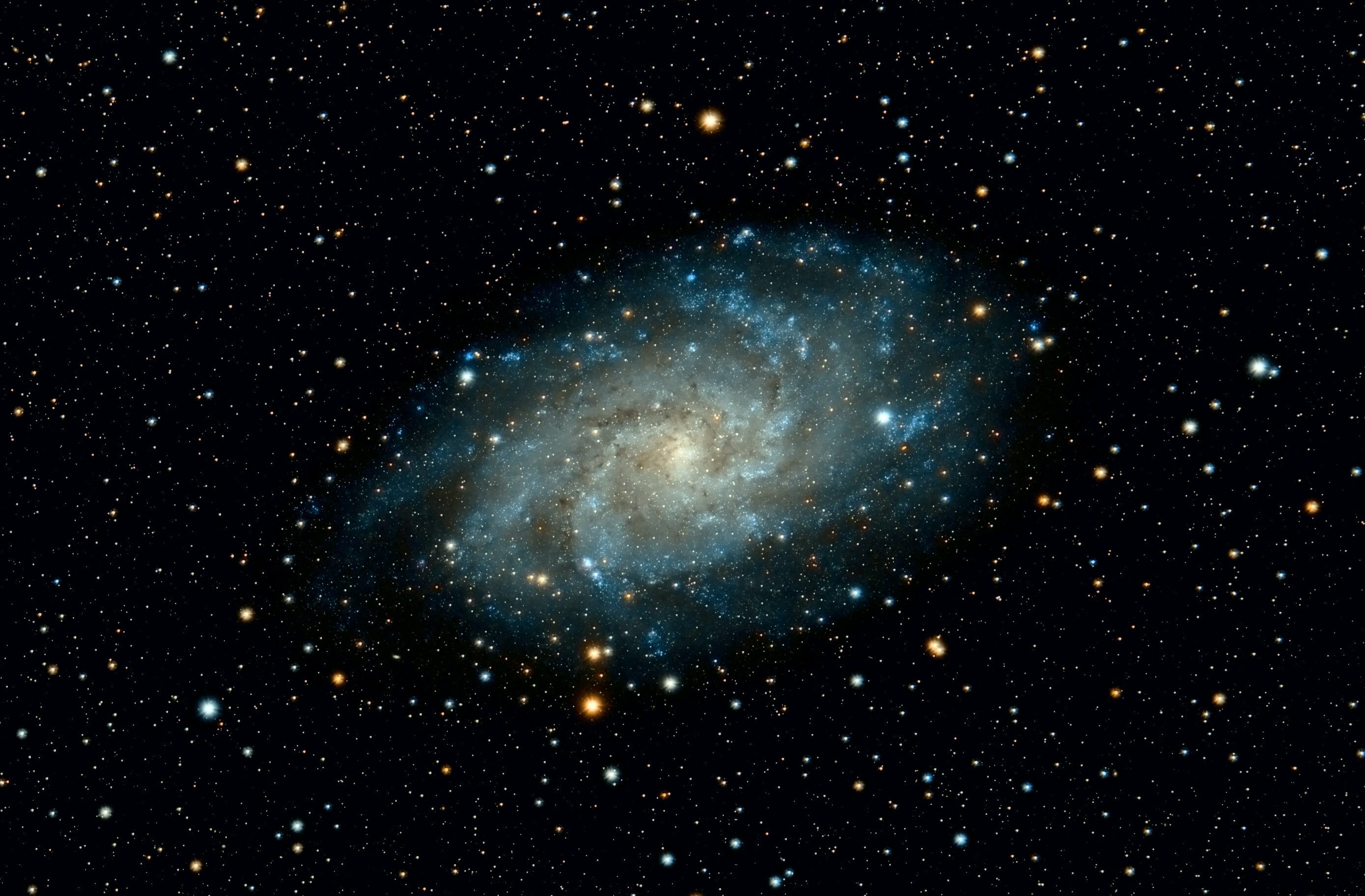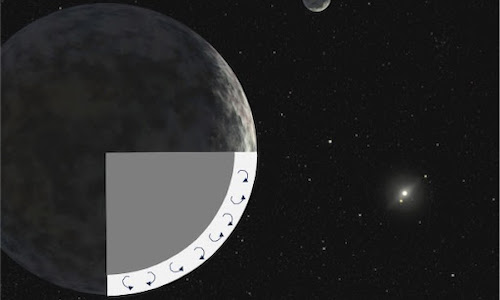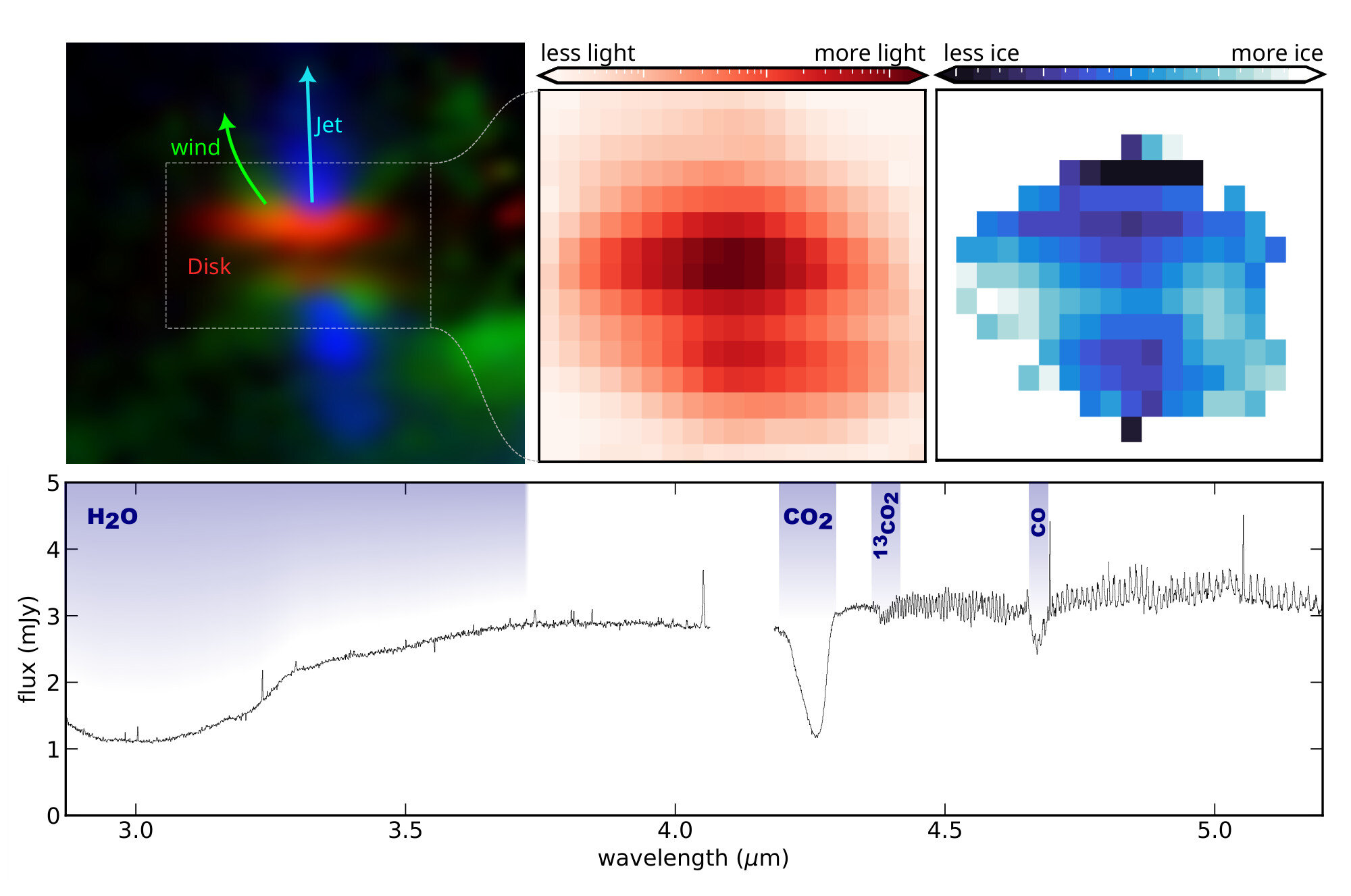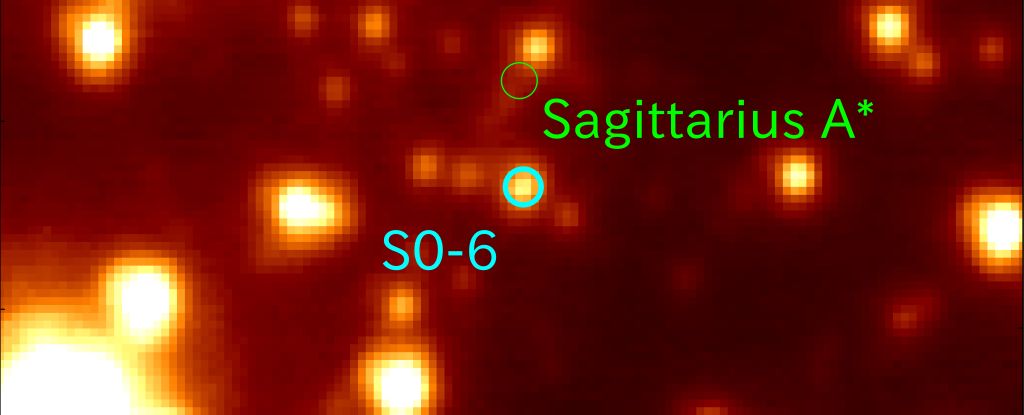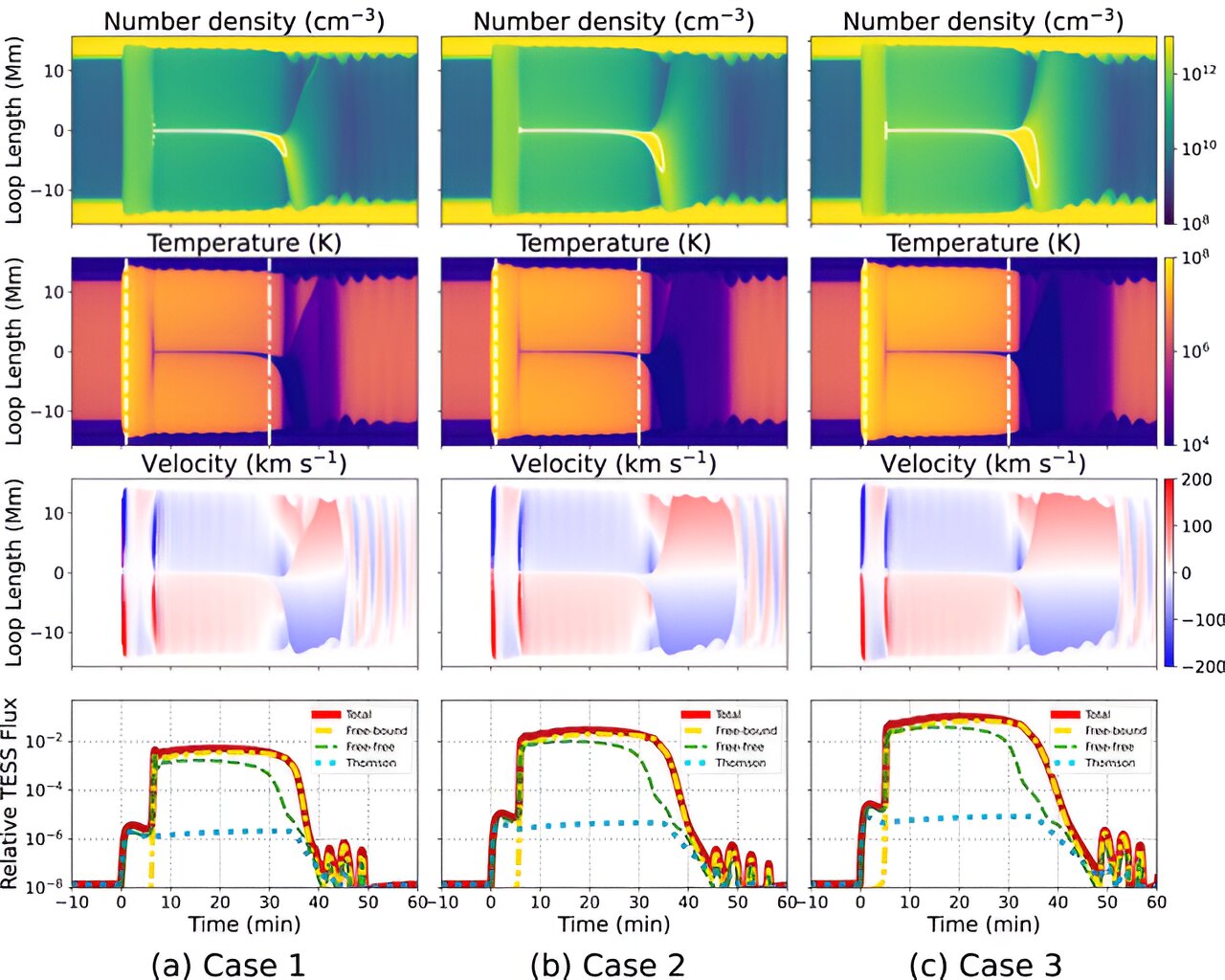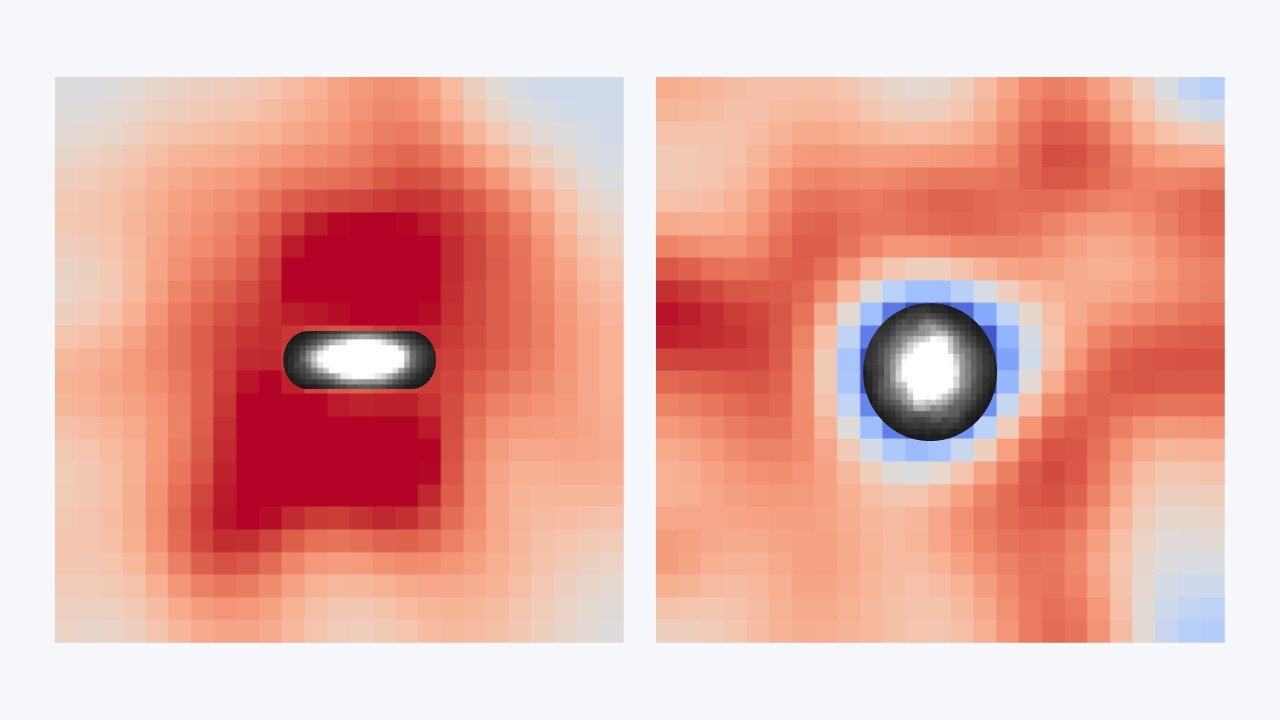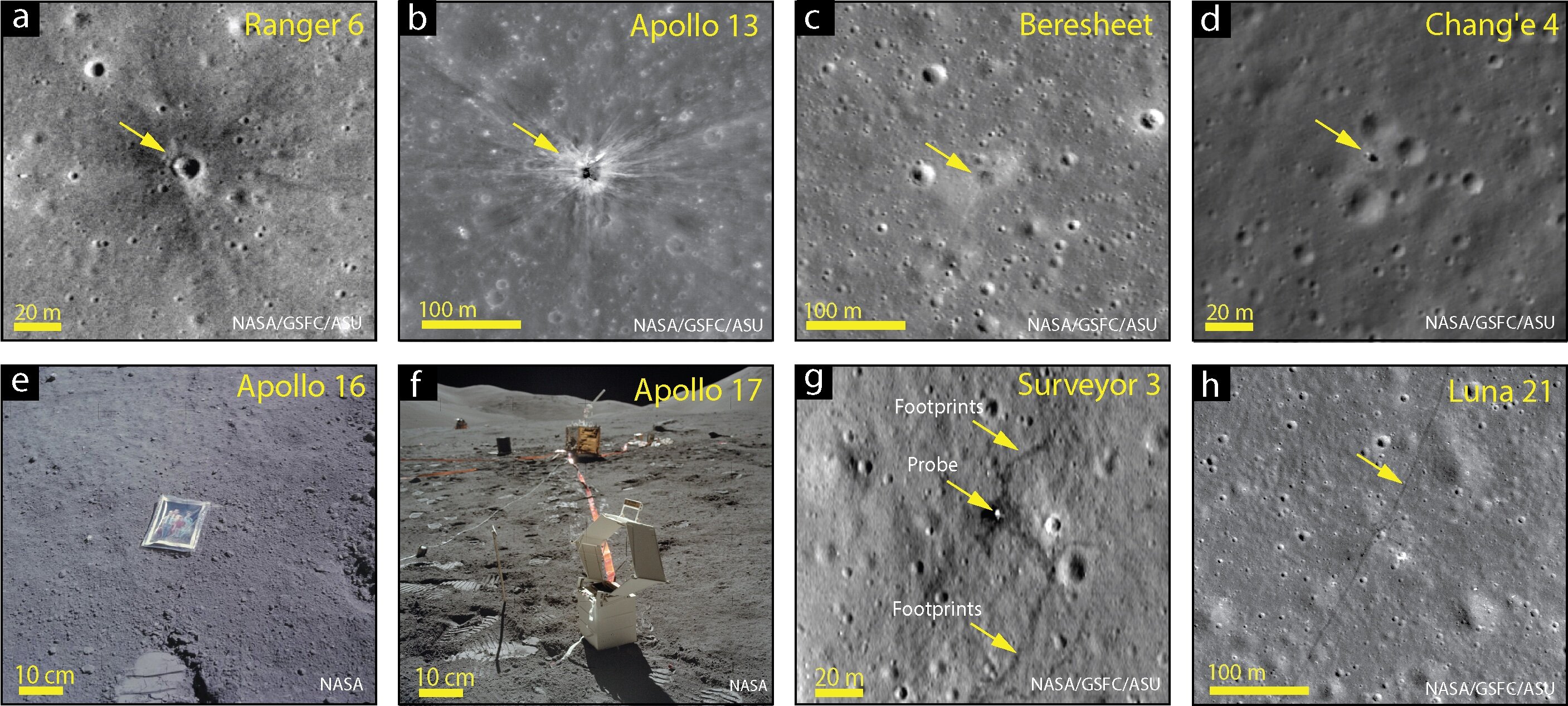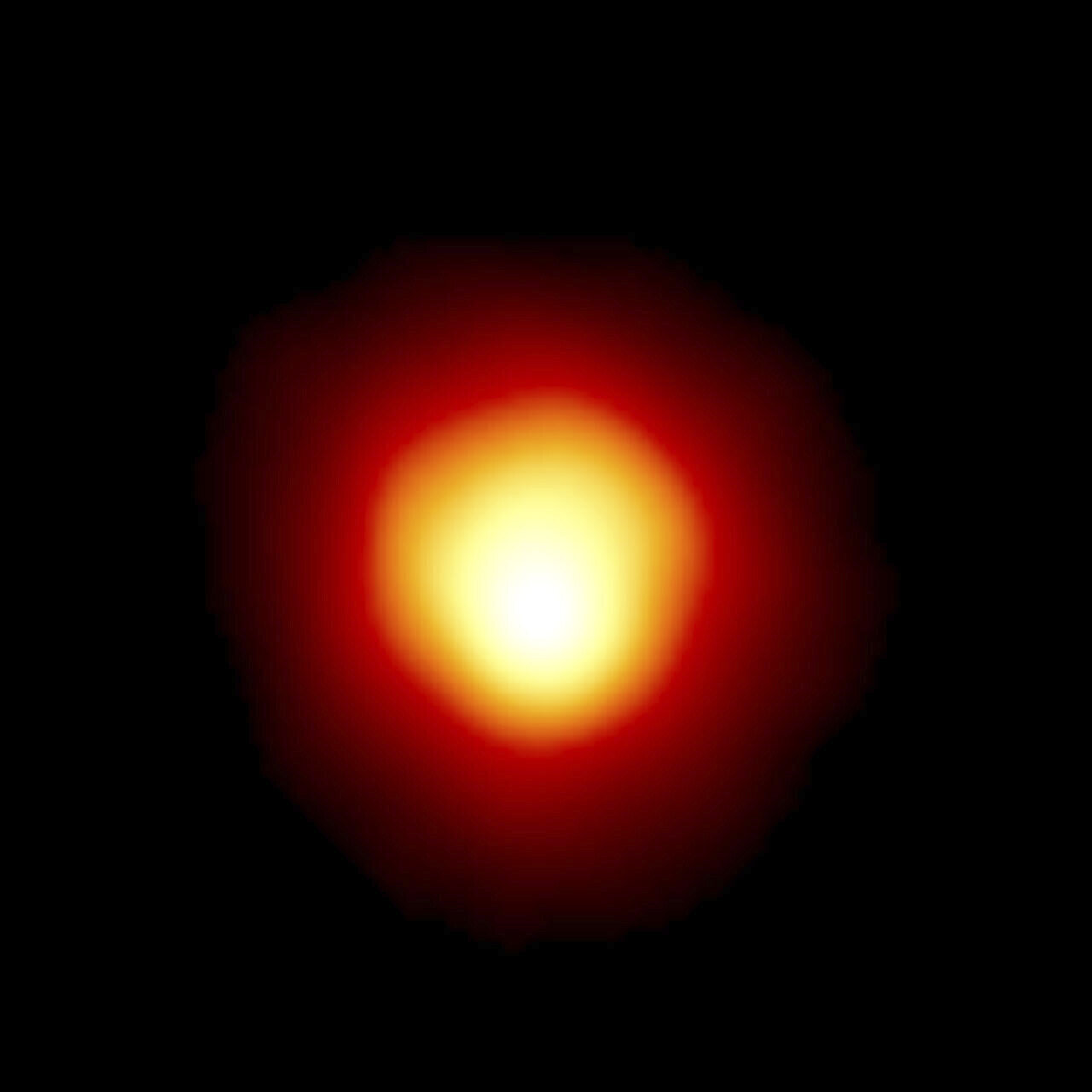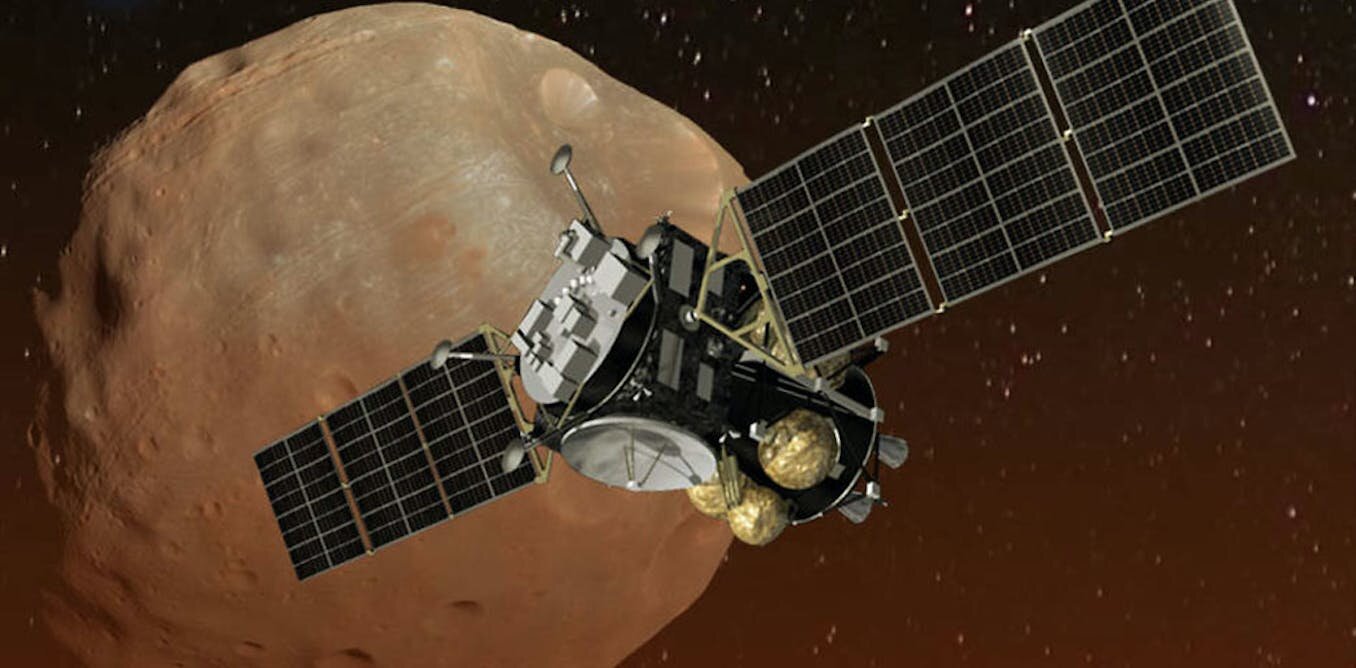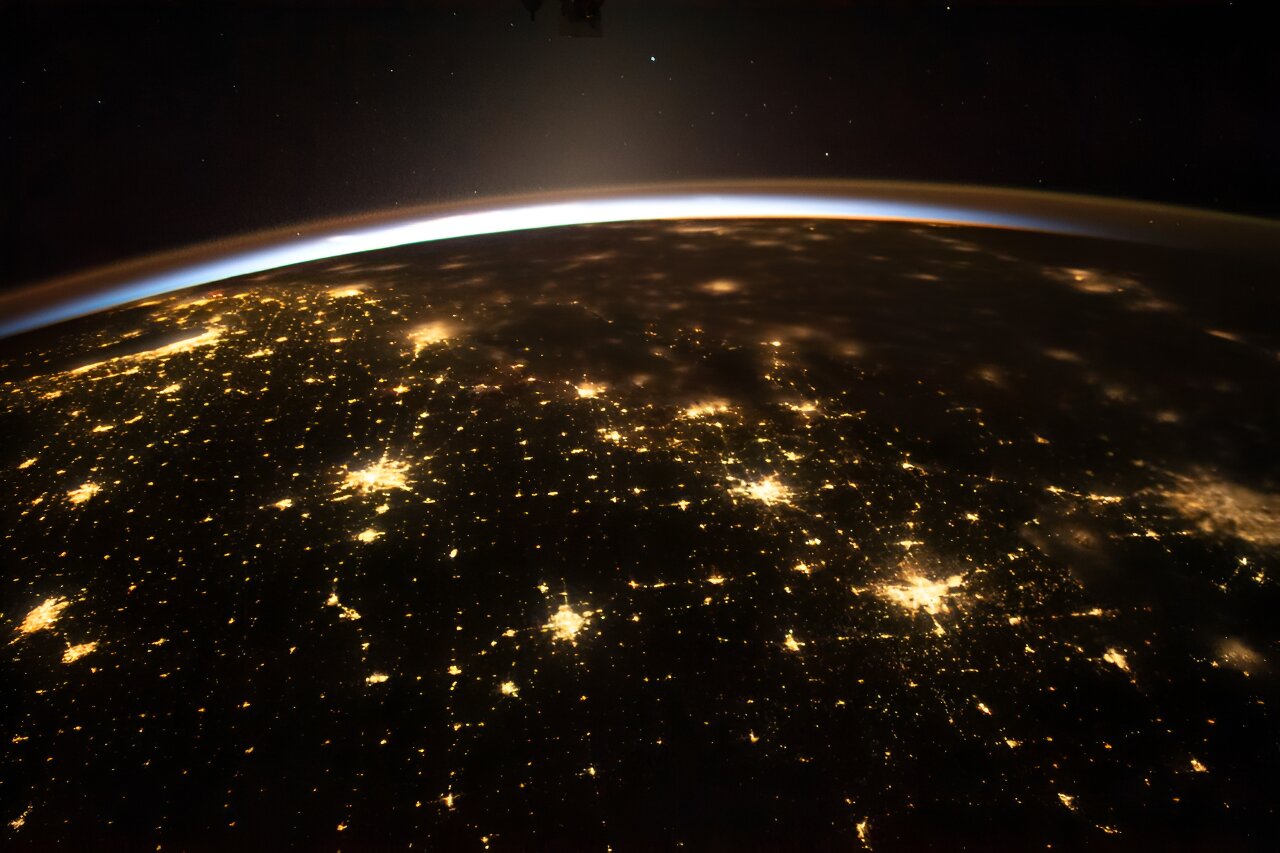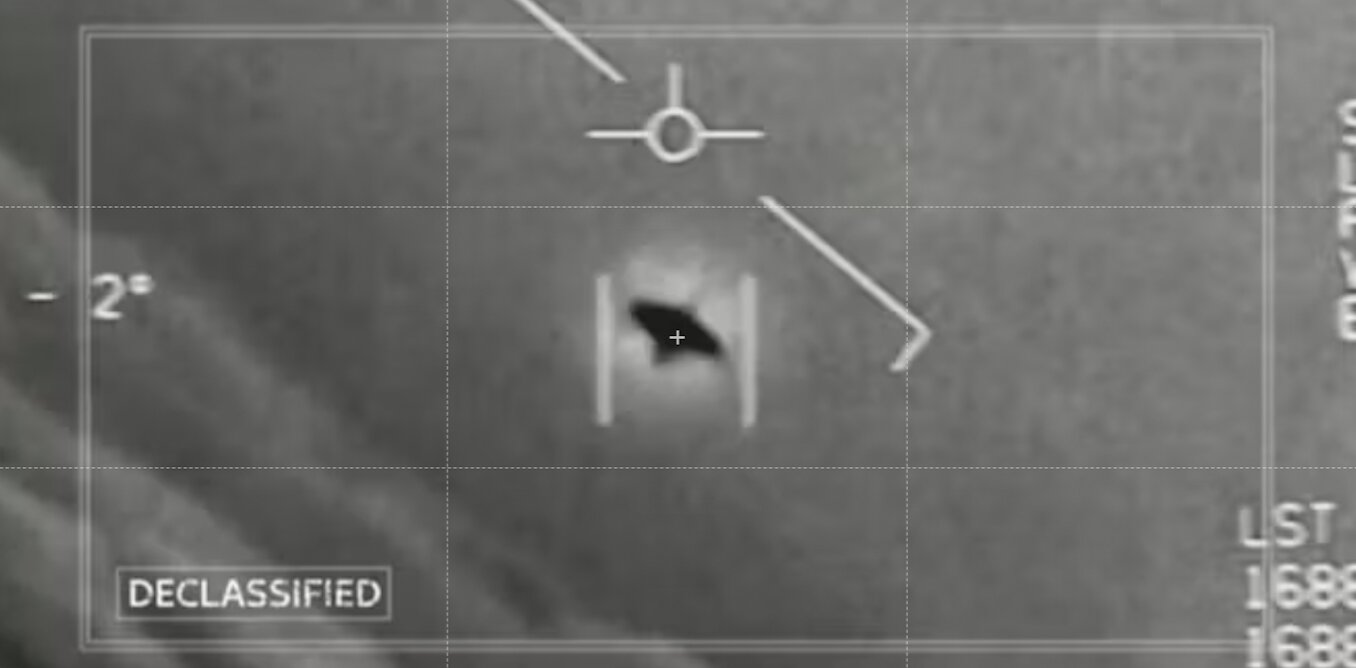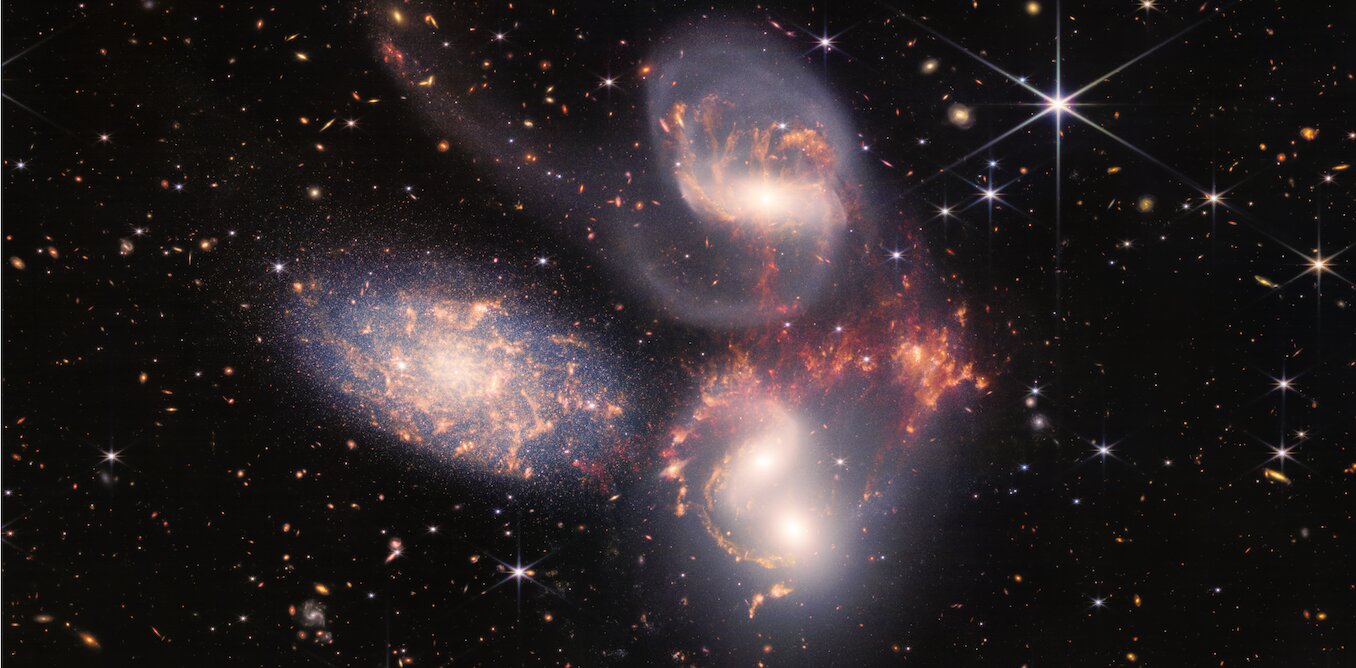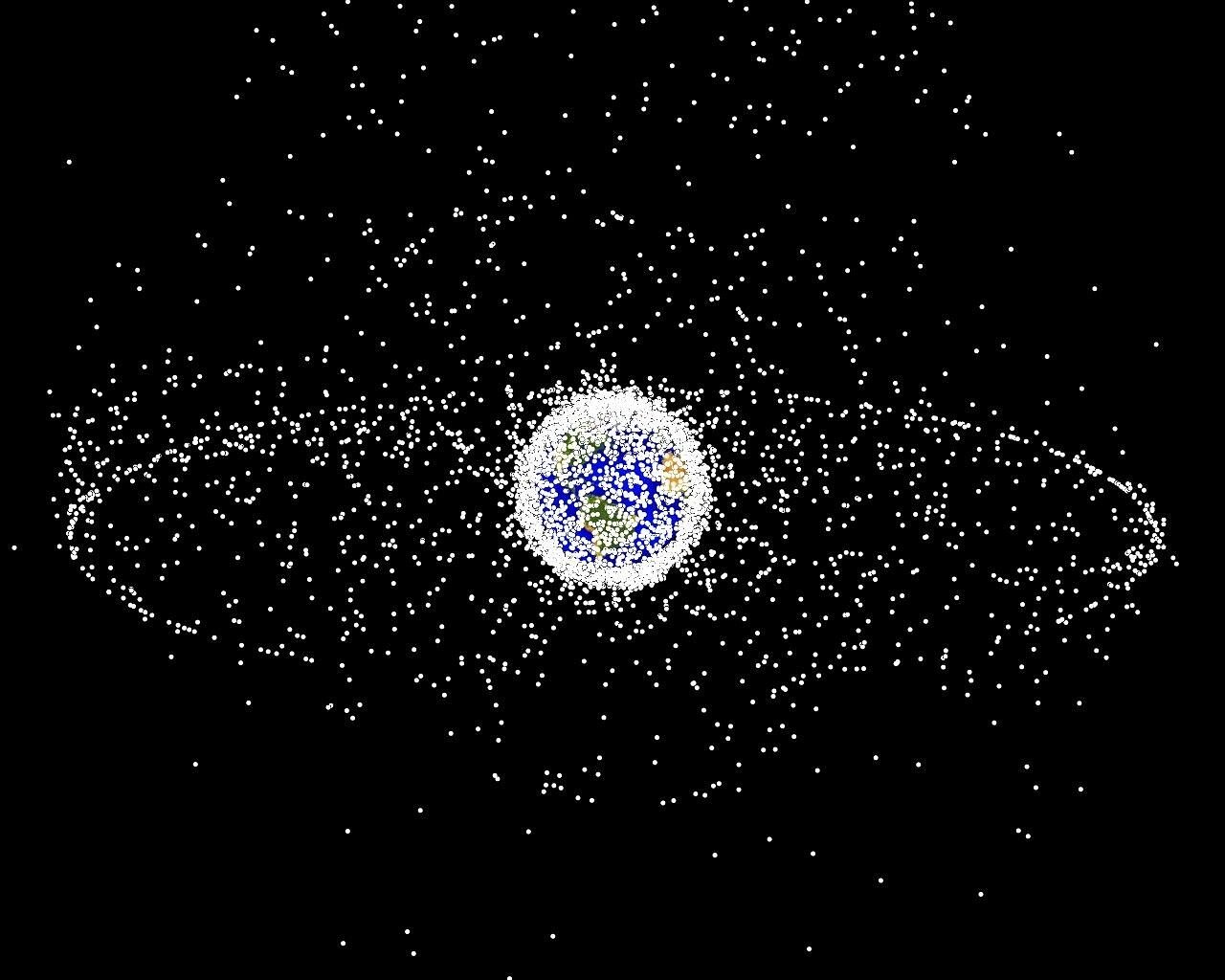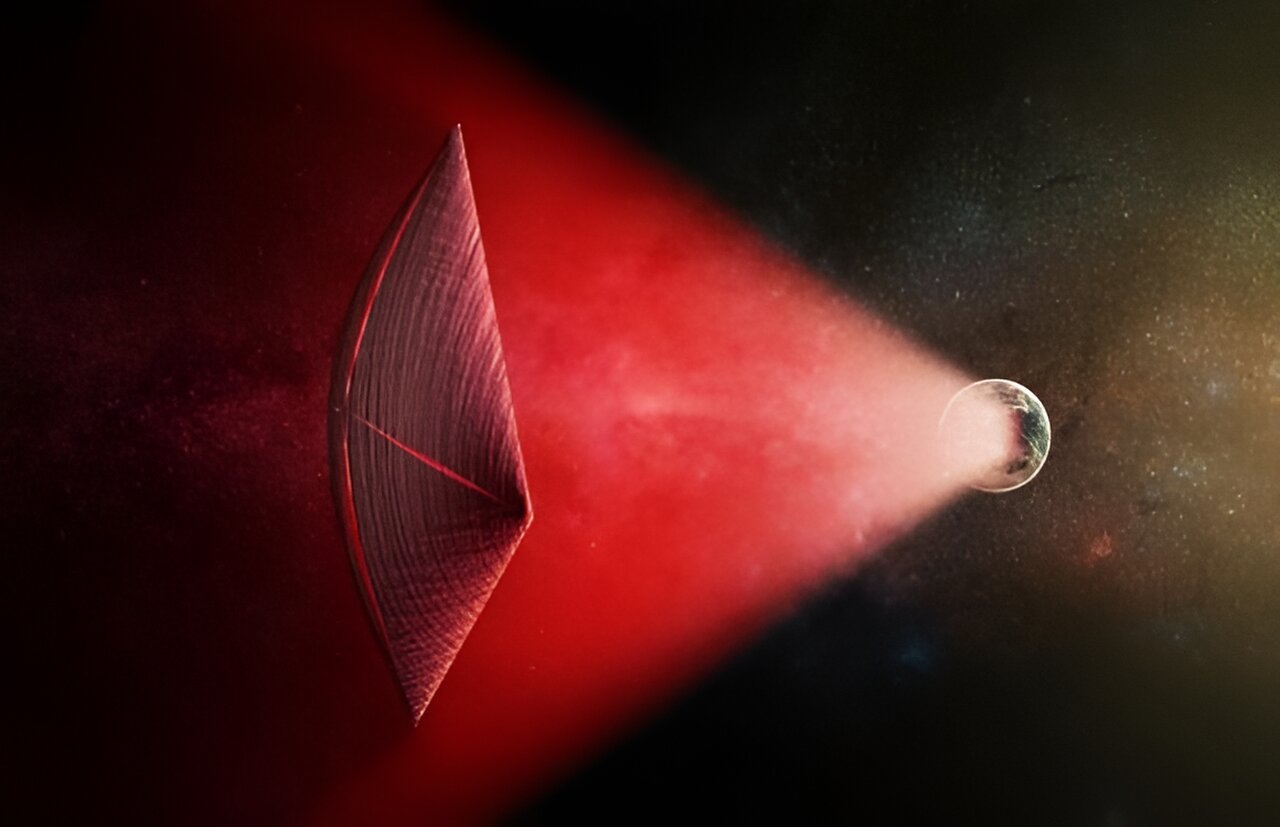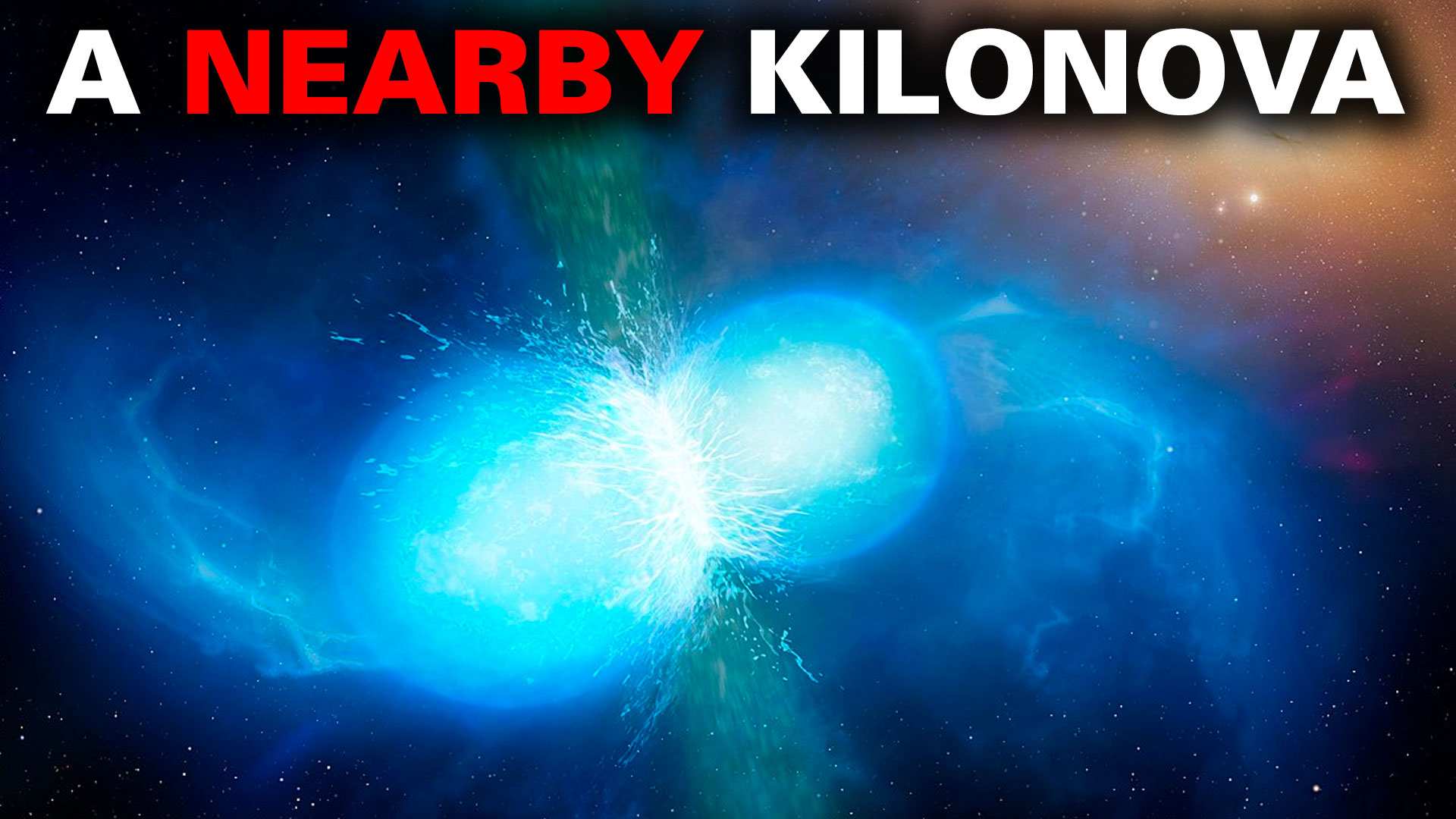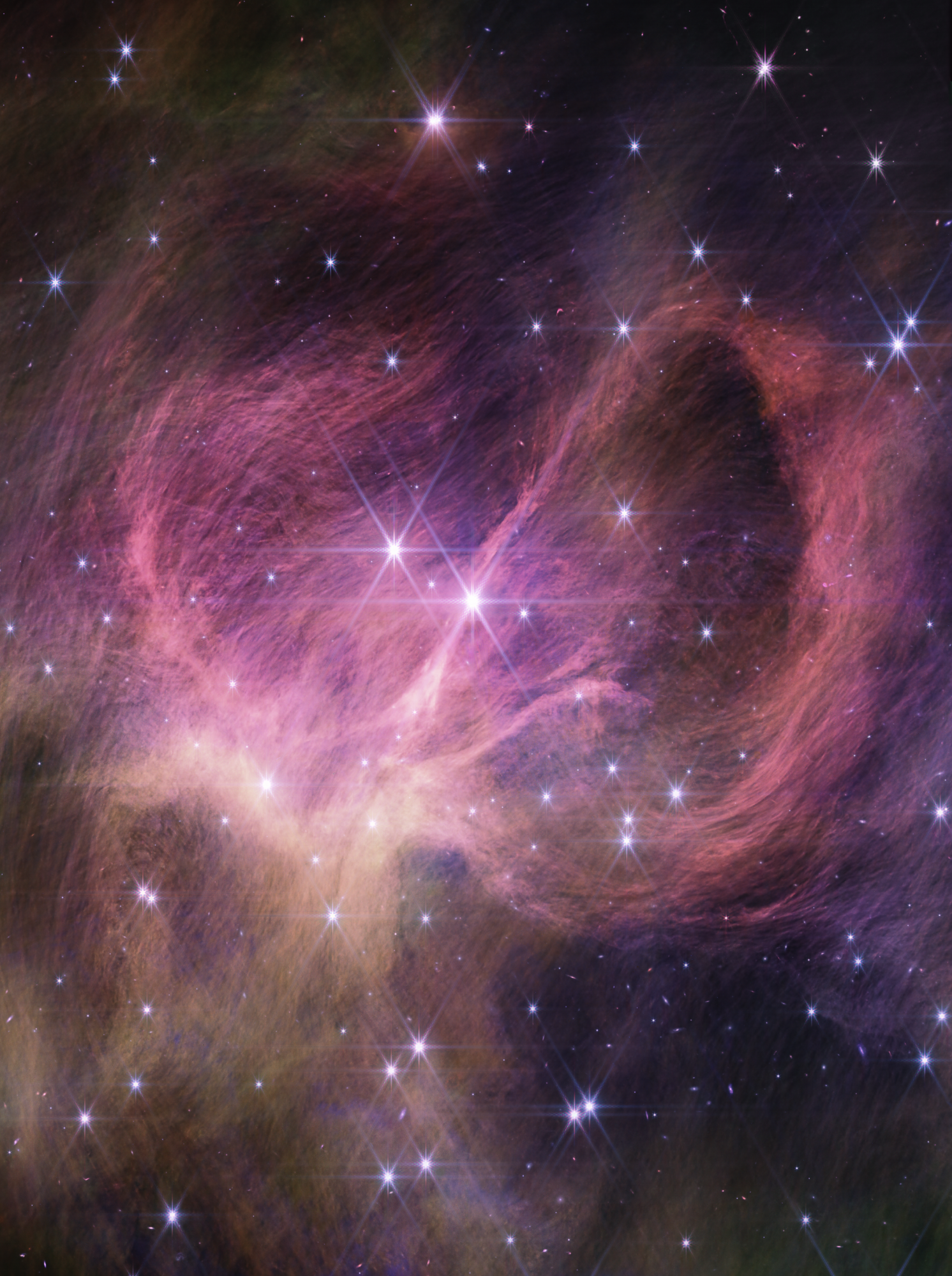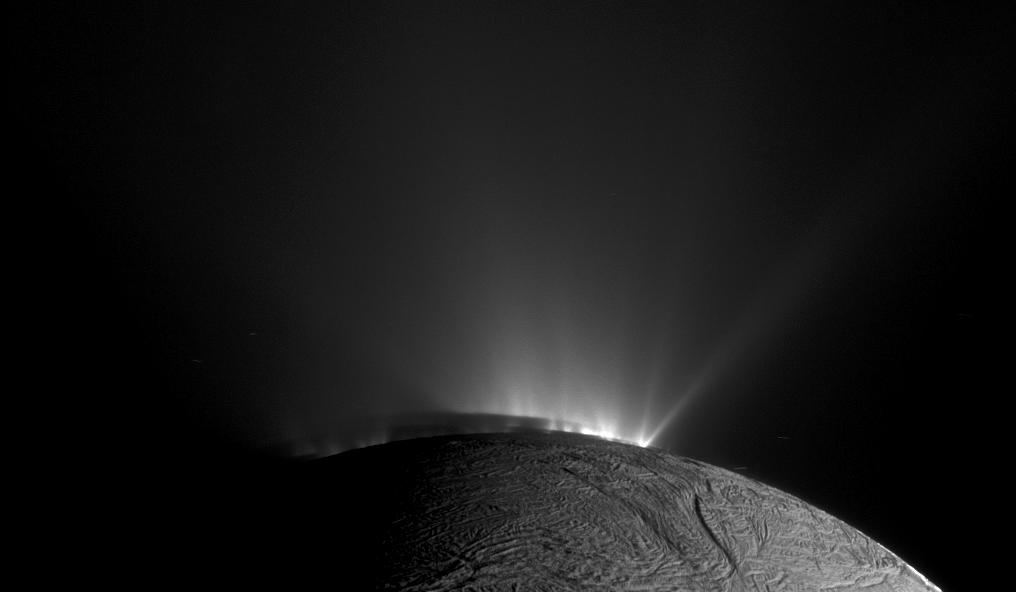The faster an object spins---the more massive?Polyhymnia diameter is 54.39±11.84 km
ten time higher as lead
Kretlow, Mike. "Size, Mass and Density of Asteroids (SiMDA) – Summary for: (33) Polyhymnia".
Size, Mass and Density of Asteroids (SiMDA). 12 October 2023.
A Tipler cylinder in our back yard would be nice.
Some civilizations may be trapped:
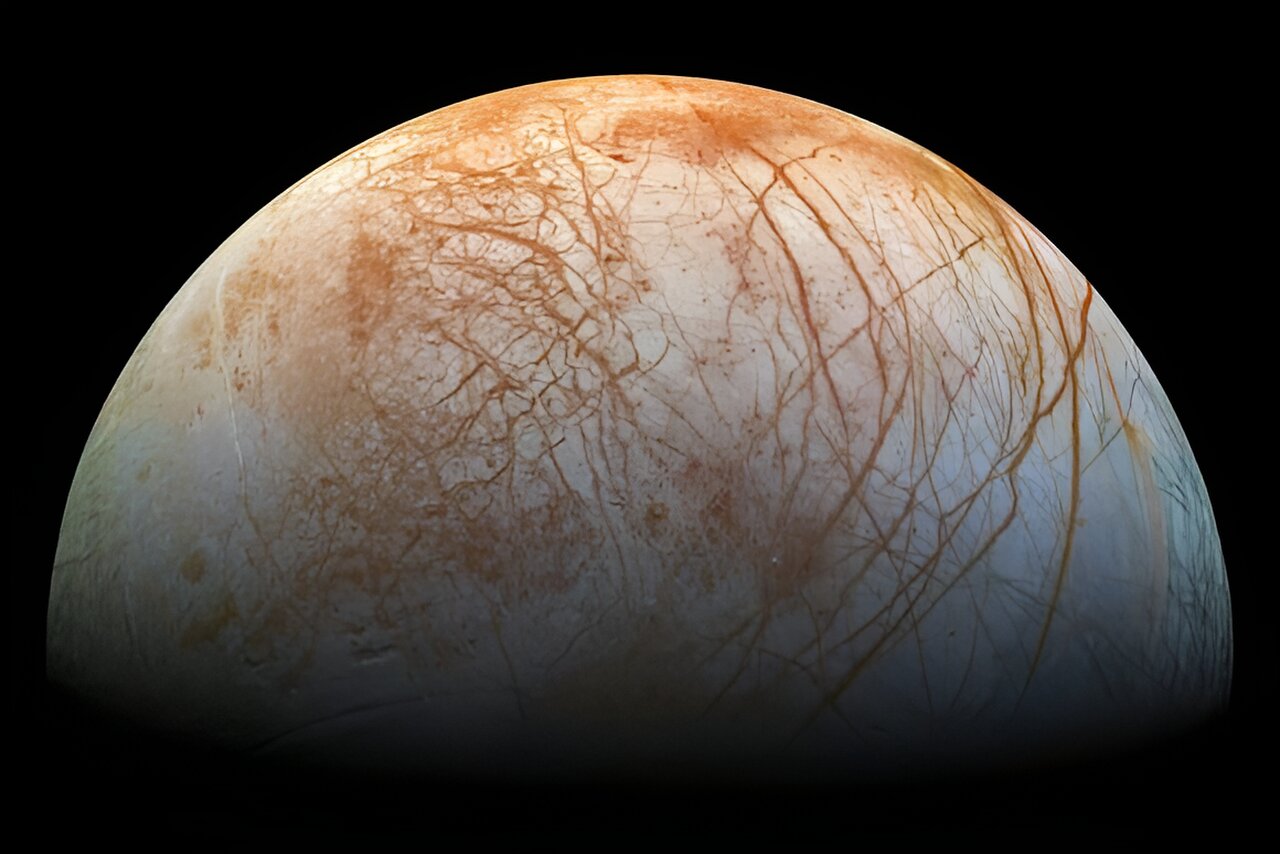
Some intelligent civilizations could be trapped on their worlds
Evolution has produced a wondrously diverse variety of lifeforms here on Earth. It just so happens that talking primates with opposable thumbs rose to the top and are building a spacefaring civilization. And we're land-dwellers. But what about other planets? If the dominant species on an ocean...
The strong force and other space news
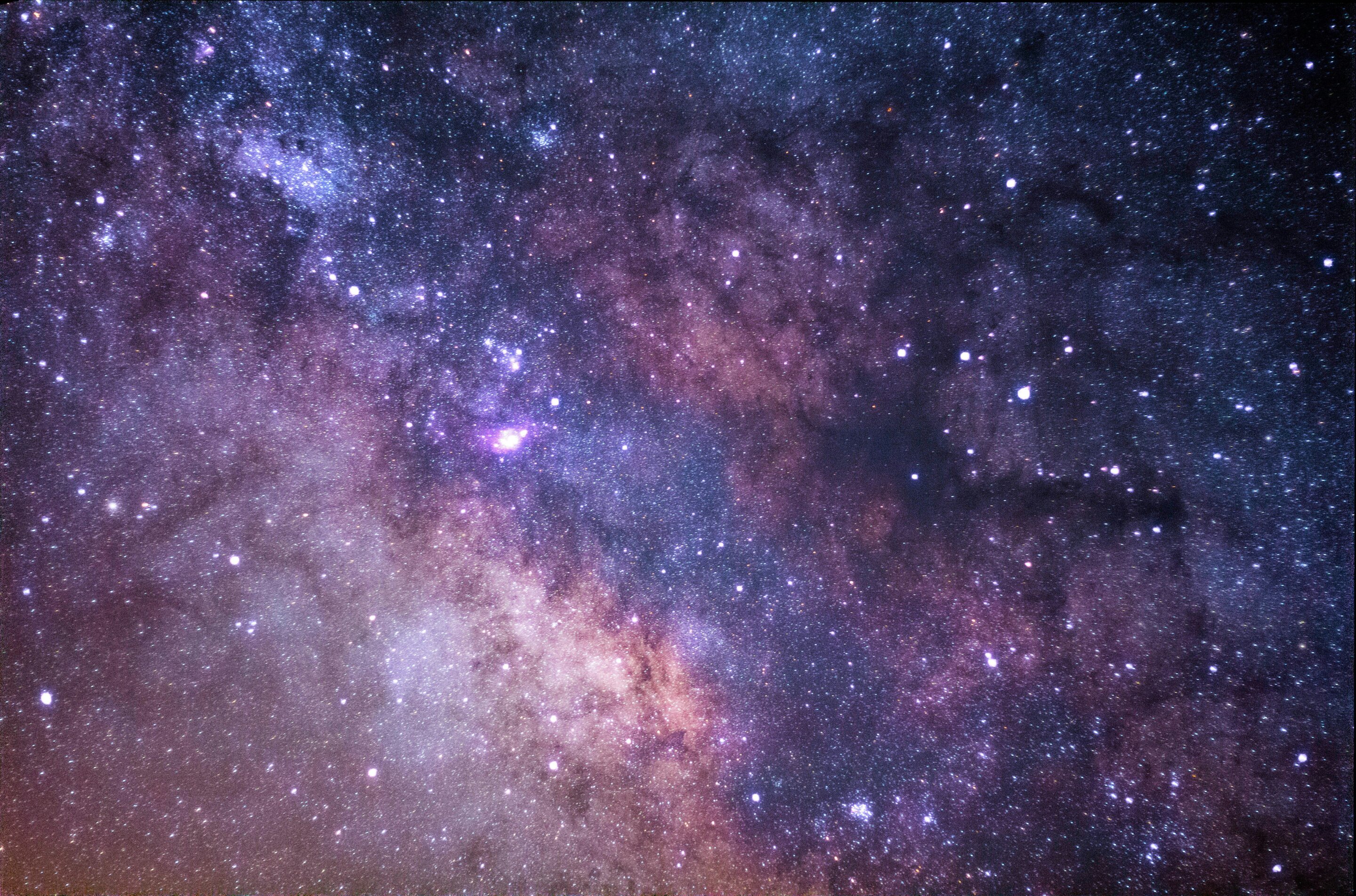
How 'the strong force' influences the gravitational wave background
Gravitationally speaking, the universe is a noisy place. A hodgepodge of gravitational waves from unknown sources streams unpredictably around space, including possibly from the early universe.
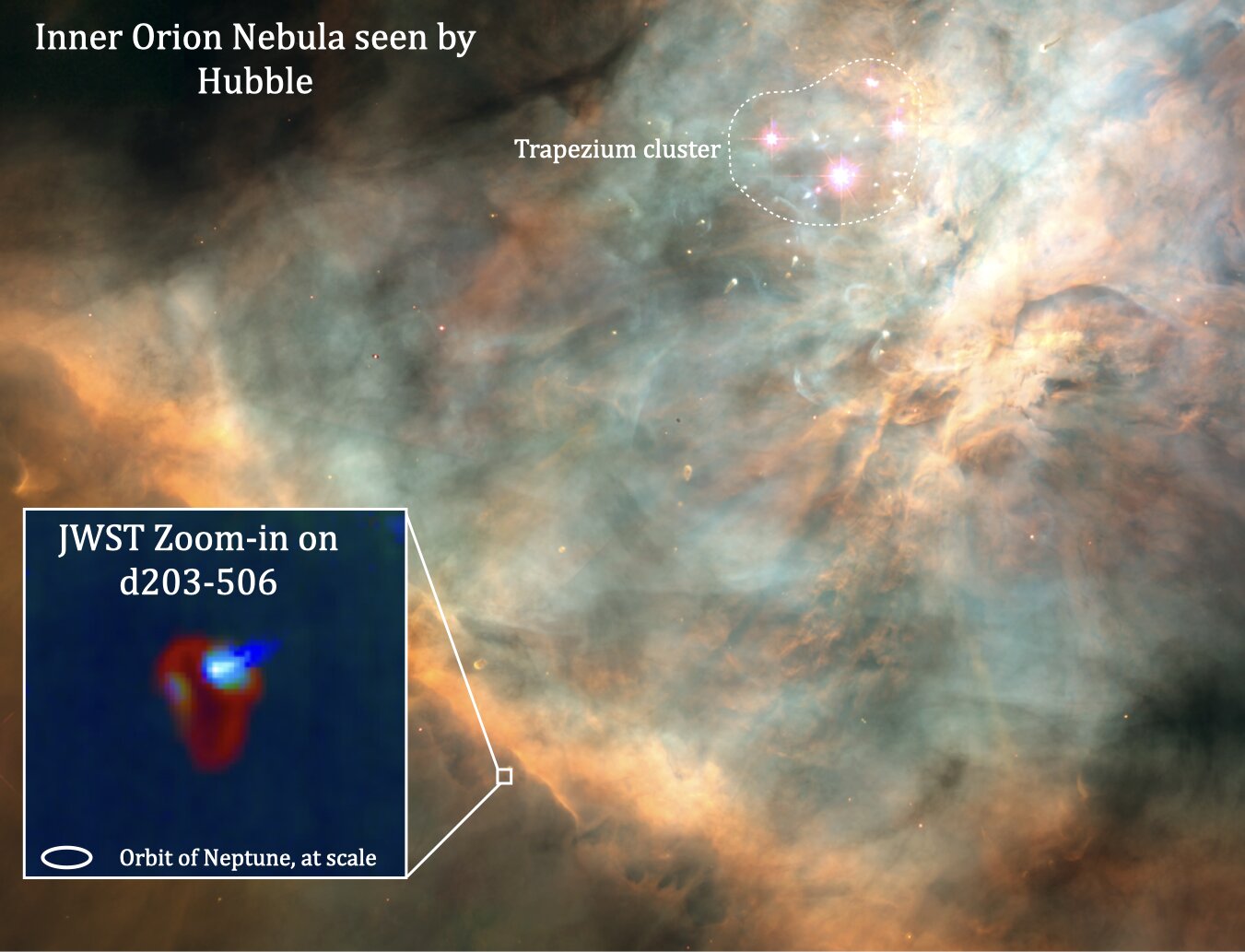
Scientists discover radiation from massive stars shapes planetary systems
How do planetary systems such as the solar system form? To find out, CNRS scientists taking part in an international research team studied a stellar nursery, the Orion Nebula, using the James Webb Space Telescope. By observing a protoplanetary disk named d203-506, they have discovered the key...
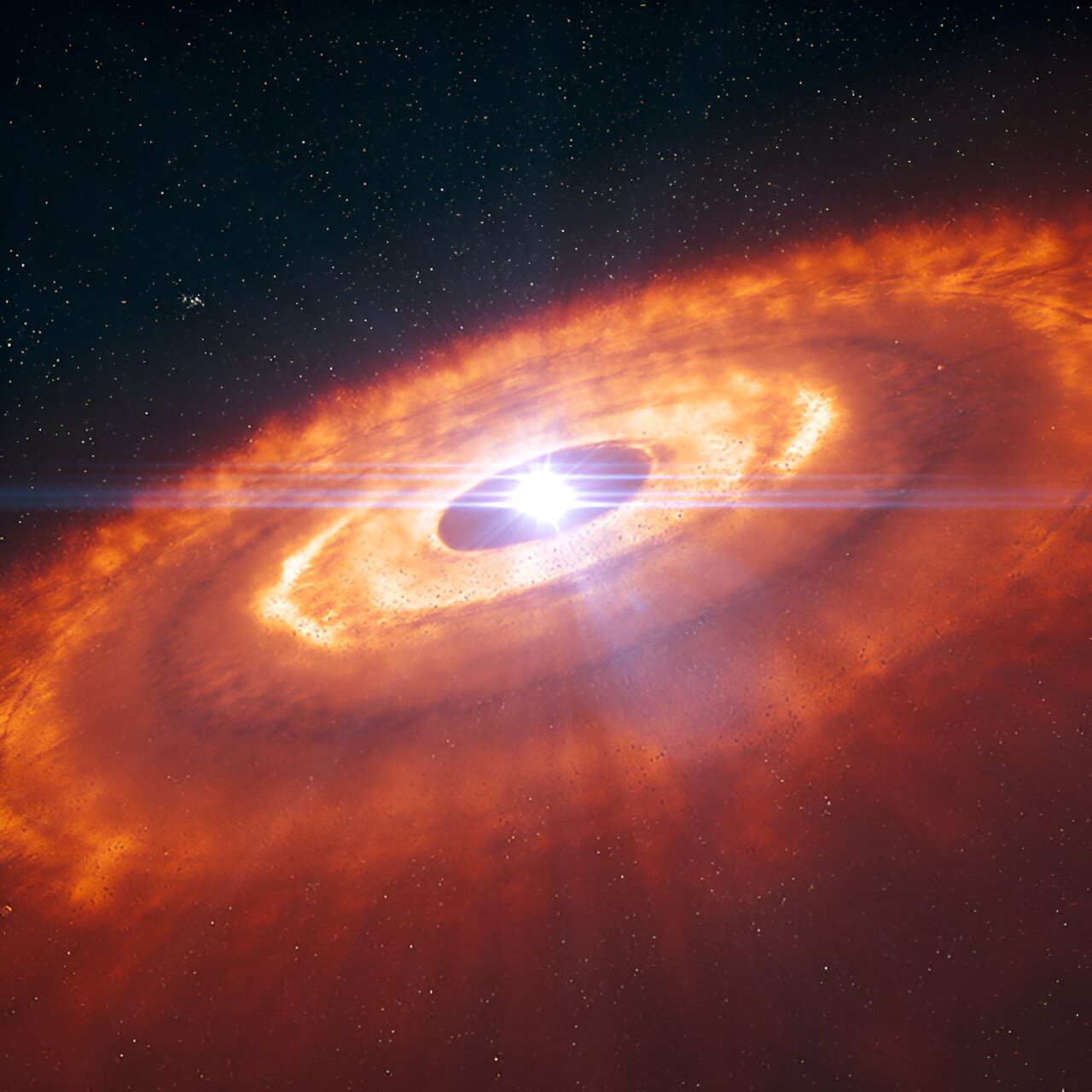
Dust growth model finds planets may form more easily than previously thought
The building blocks of new planets could form more easily than previously thought, according to calculations by a team led by a RIKEN astrophysicist.
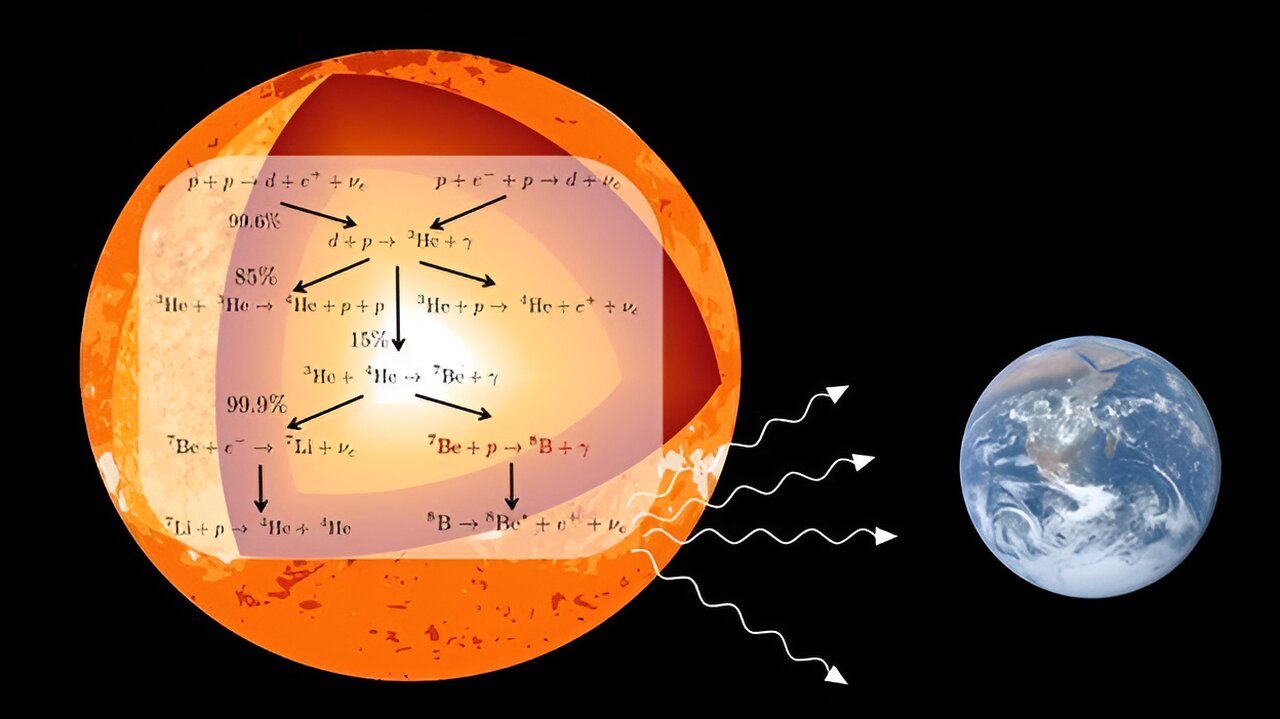
Novel theory-based evaluation gives a clearer picture of fusion in the sun
Most of the energy from the sun and other stars comes from a chain of nuclear fusion reactions. The end of this chain is marked by the fusion of protons with beryllium-7 to form boron-8. This process is key in determining the flow of high-energy solar neutrinos that reach the Earth.

Scientists explain: What is inertial fusion energy?
Fusion is a natural phenomenon that provides our planet with much of its energy—generated millions of miles away in the center of our sun.
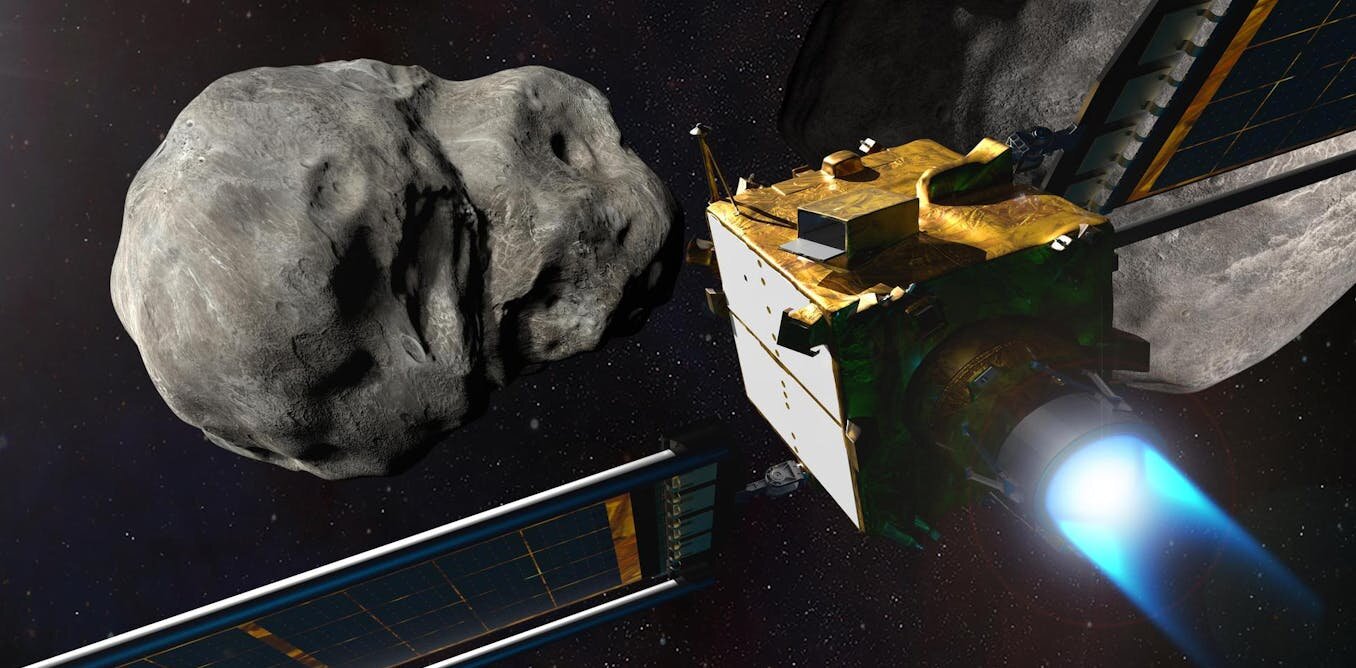
A NASA mission that collided with an asteroid didn't just leave a dent. It reshaped the space rock
A frequent idea in sci-fi and apocalyptic films is that of an asteroid striking Earth and causing global devastation. While the probabilities of this kind of mass extinction occurring on our planet are incredibly small, they are not zero.
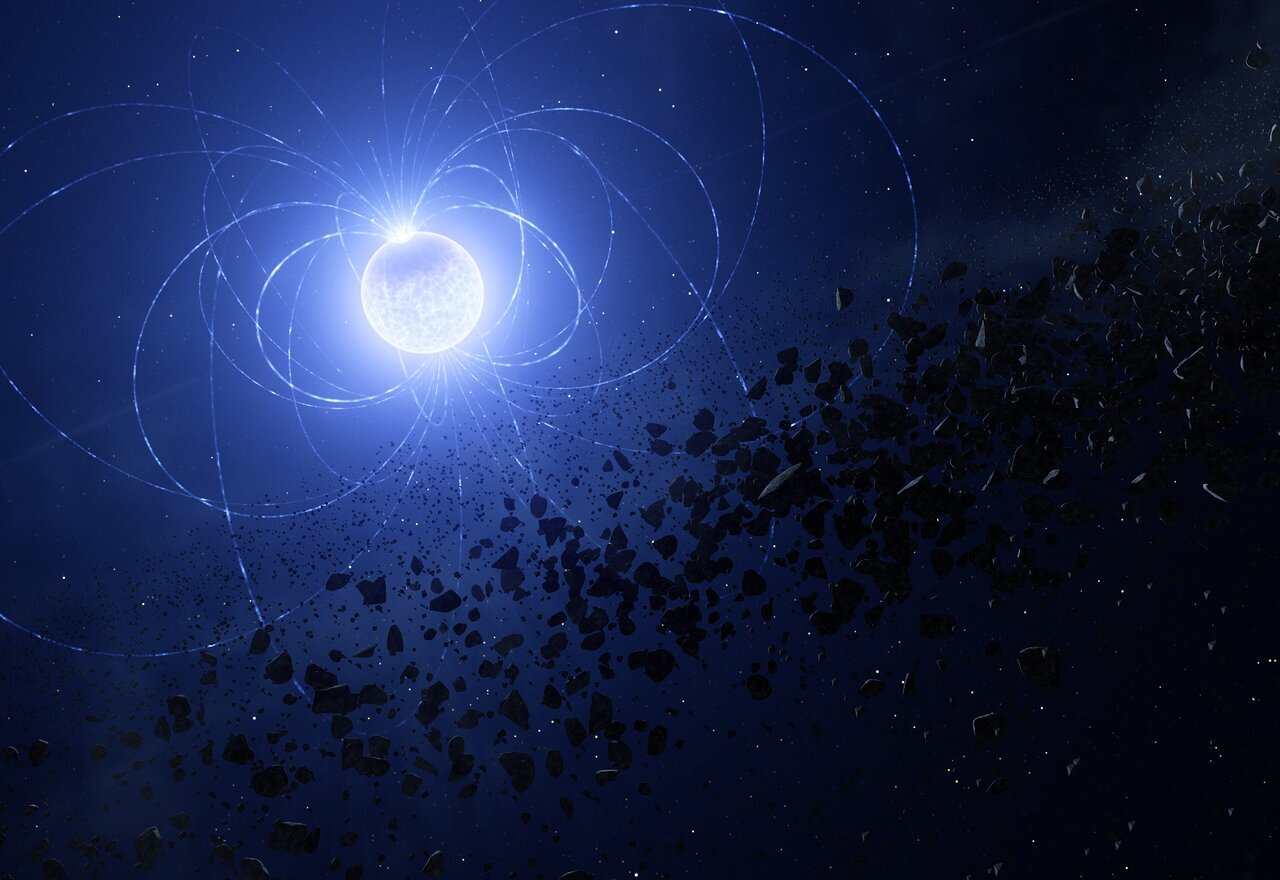
Metal scar found on cannibal star
When a star like our sun reaches the end of its life, it can ingest the surrounding planets and asteroids that were born with it. Now, using the European Southern Observatory's Very Large Telescope (ESO's VLT) in Chile, researchers have found a unique signature of this process for the first...
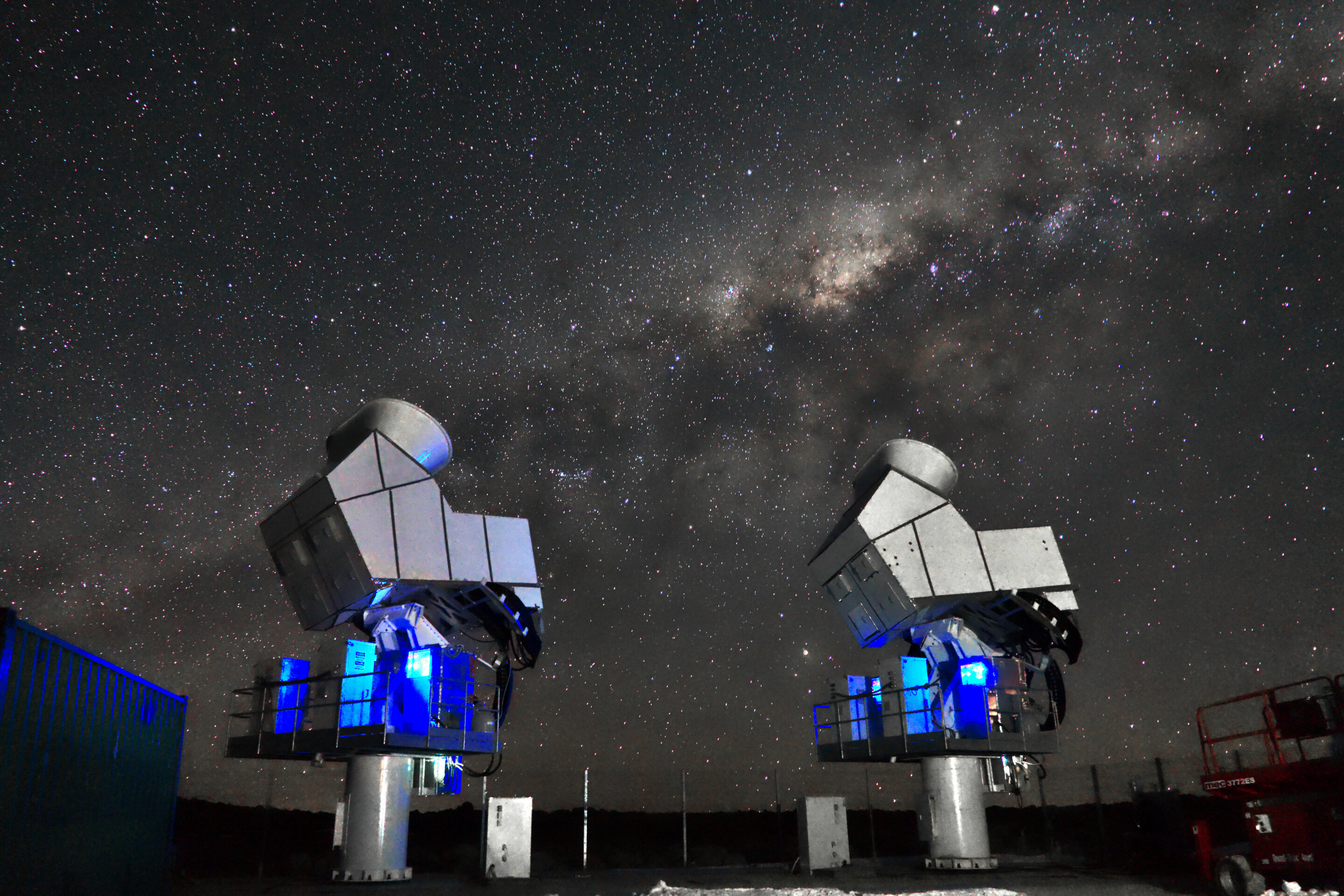
New measurement captures clearer picture of our galaxy and beyond
With unique capabilities to track microwave energy fluctuations, a small observatory in the Andes mountains of northern Chile produced maps of 75% of the sky as part of an effort to measure the universe's origin and evolution more accurately.
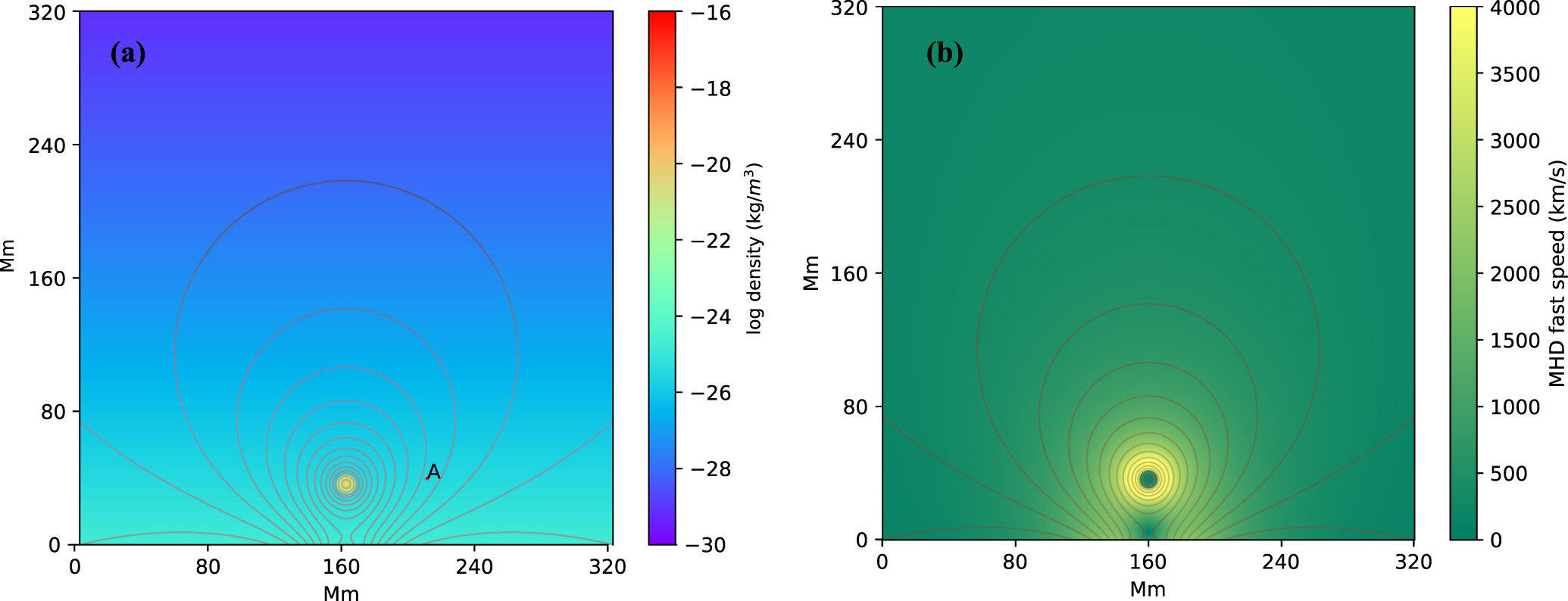
A new mechanism for excitation of quasiperiodic, fast-propagating waves on both sides of a coronal mass ejection
In a recent study published in The Astrophysical Journal, Hu Jialiang and Prof. Lin Jun from Yunnan Observatories (YNAO) of the Chinese Academy of Sciences and their collaborators proposed a new mechanism for the generation of large-scale quasiperiodic fast-propagating (QFP) magnetoacoustic...
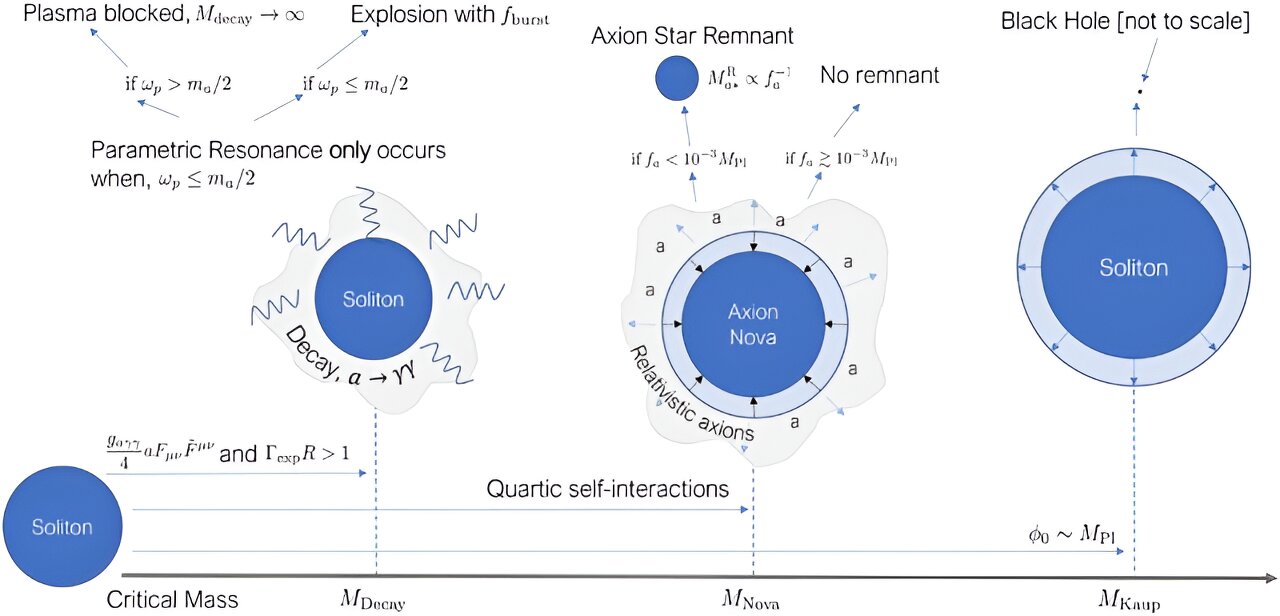
New research suggests explosive 'axion stars' could pinpoint where and what dark matter is
We could be closer to understanding the mystery behind what dark matter is, following new research from physicists at King's College London.
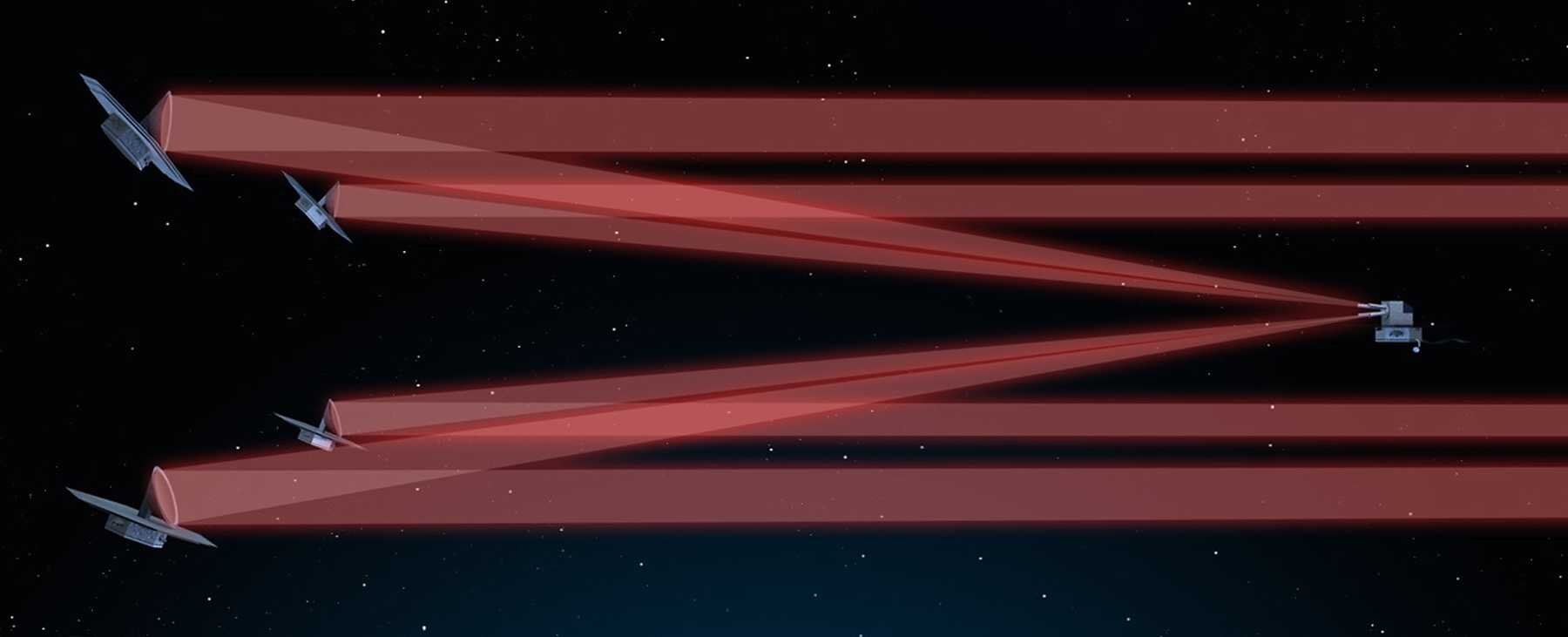
Earth as a test object to evaluate the planned LIFE space mission
Physicists at ETH Zurich and the University of Zurich wanted to know whether the planned LIFE space mission could really detect traces of life on other planets. Yes, it can, say the researchers, with the help of observations of our own planet.
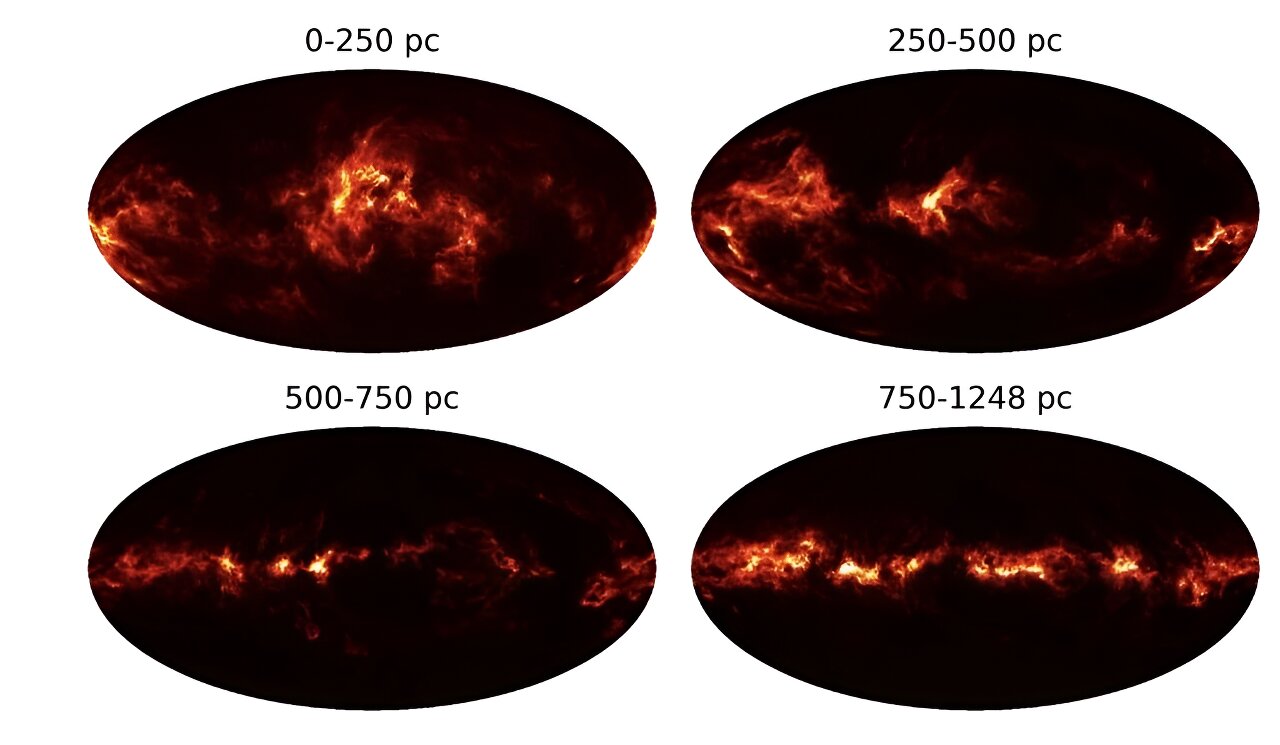
Astronomers build a 3D map of dust within thousands of light-years
If you explore the night sky it won't be long before you realize there is a lot of dust and gas up there. The interstellar dust between the stars accounts for 1% of the mass of the interstellar medium but reflects 30% of the starlight in infrared wavelengths. The dust plays a key role in the...

How will space transform the global food system?
According to the Food and Agriculture Organization (FAO), global agricultural production will need to increase by 60% by 2050 to meet the food demands of the growing global population.
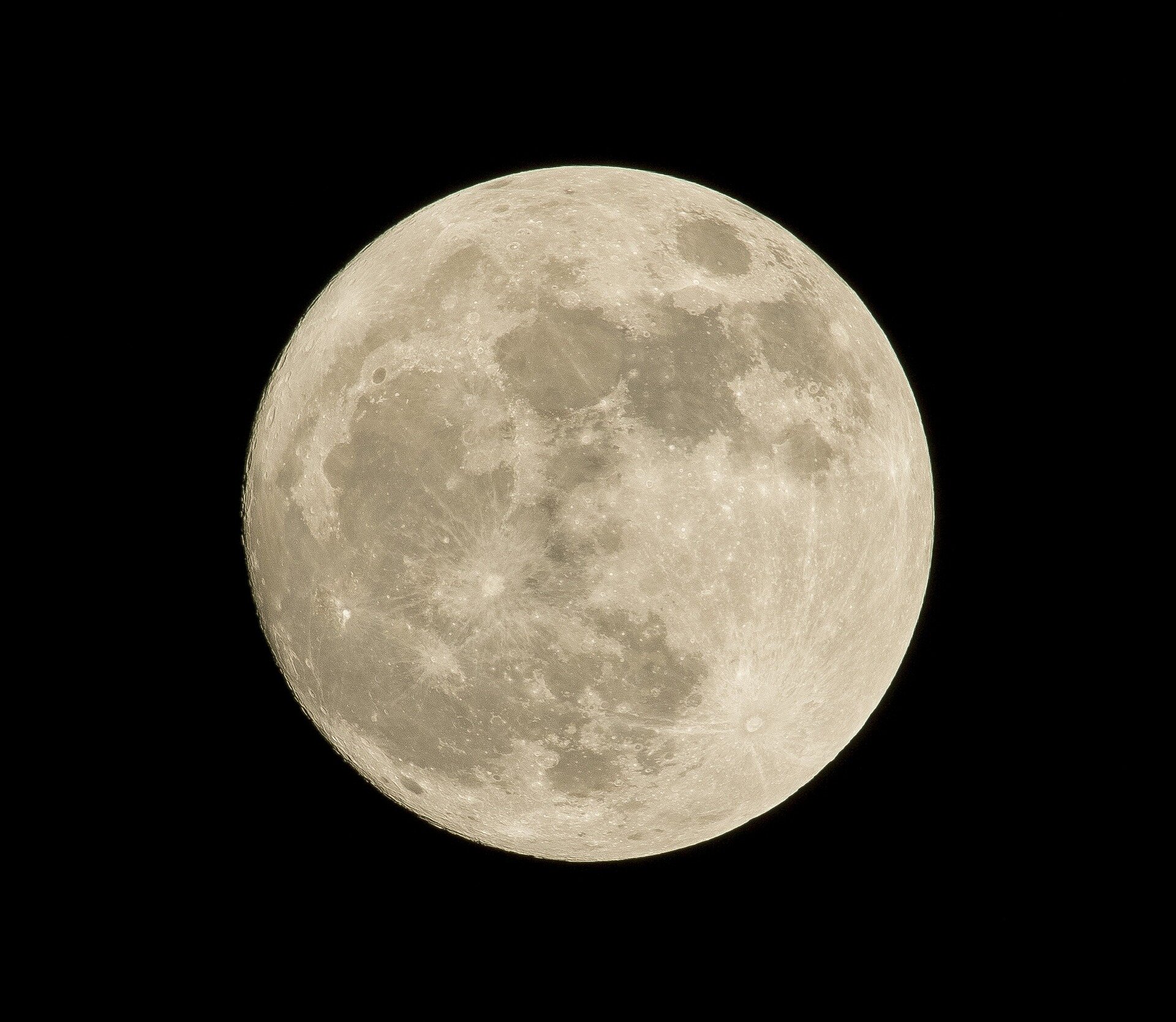
Who owns the moon?
The first successful moon landing of a private lander, Odysseus, last week came a month after Japan and six months after India touched down on Earth's natural satellite.
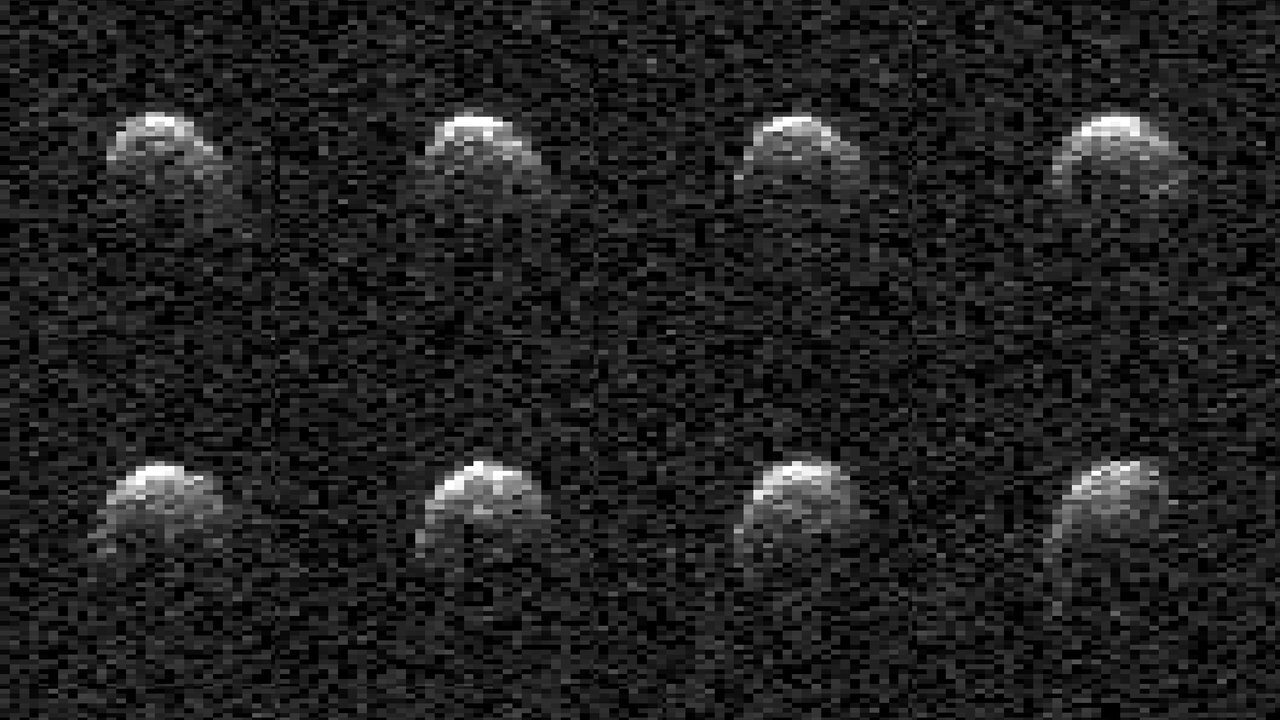
NASA's planetary radar images slowly spinning asteroid
During the close approach of 2008 OS7 with Earth on Feb. 2, the agency's Deep Space Network planetary radar gathered the first detailed images of the stadium-size asteroid.
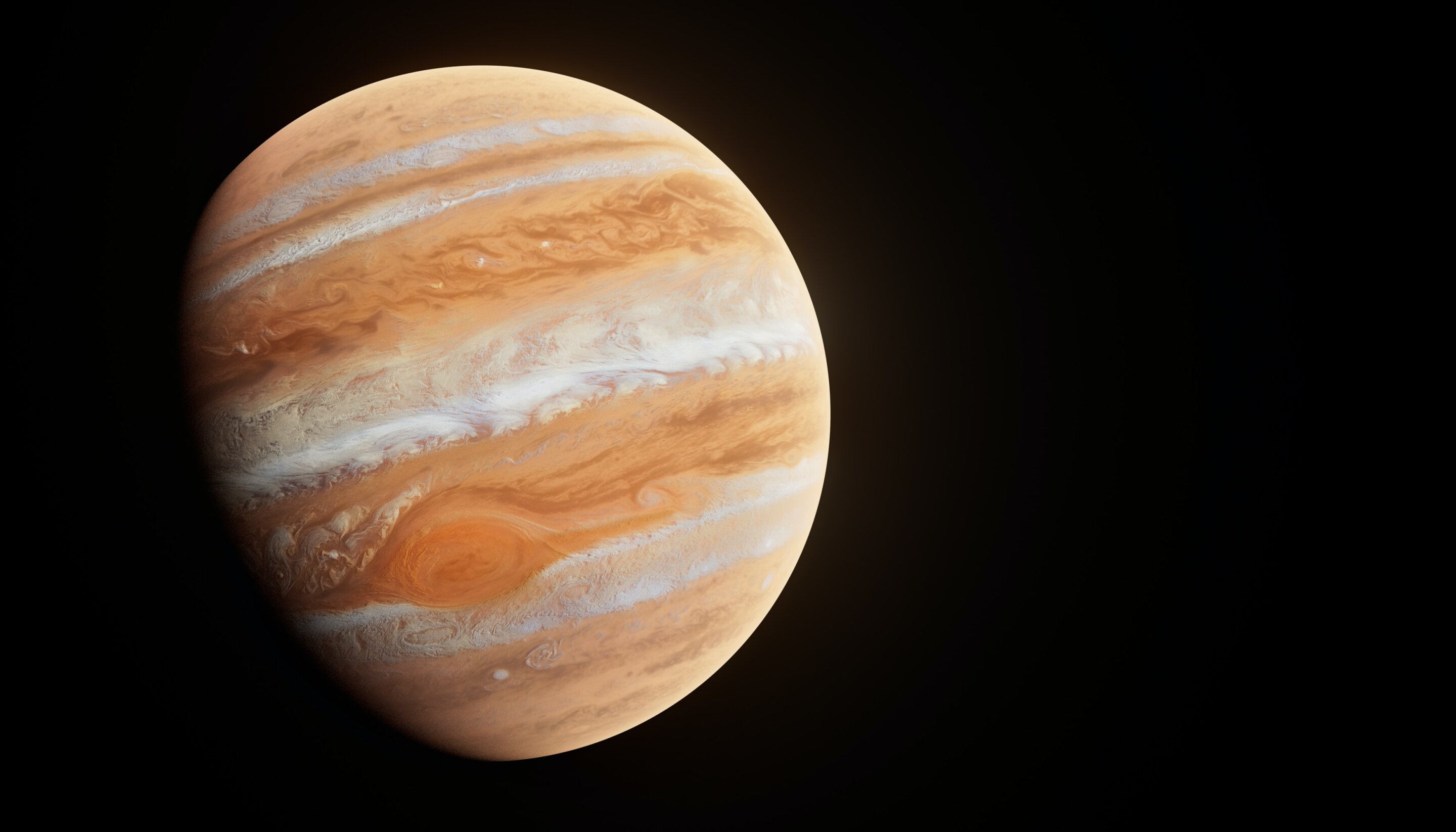
The countdown to NASA's Jupiter mission is on. This JPL engineer is helping it happen
Think of meticulously handcrafted objects and certain things come immediately to mind: fine art, exotic cars, luxury timepieces.

Satellites are burning up in the upper atmosphere—what impact could this have on the Earth's climate?
Elon Musk's SpaceX has announced it will dispose of 100 Starlink satellites over the next six months, after it discovered a design flaw that may cause them to fail. Rather than risk posing a threat to other spacecraft, SpaceX will "de-orbit" these satellites to burn up in the atmosphere.

Highlights of results from space station science in 2023
The International Space Station is a microgravity research lab hosting groundbreaking technology demonstrations and scientific investigations. More than 3,700 investigations conducted to date have generated roughly 500 research articles published in scientific journals. In 2023, the orbiting lab...
Last edited:

